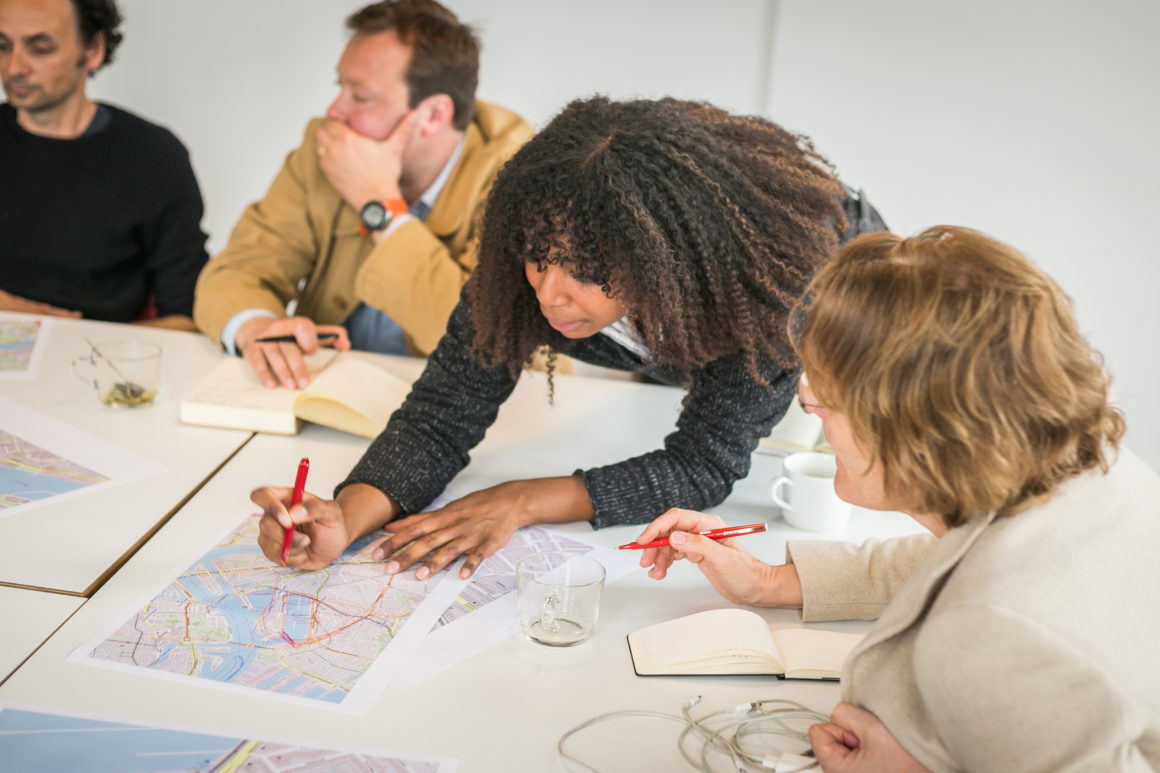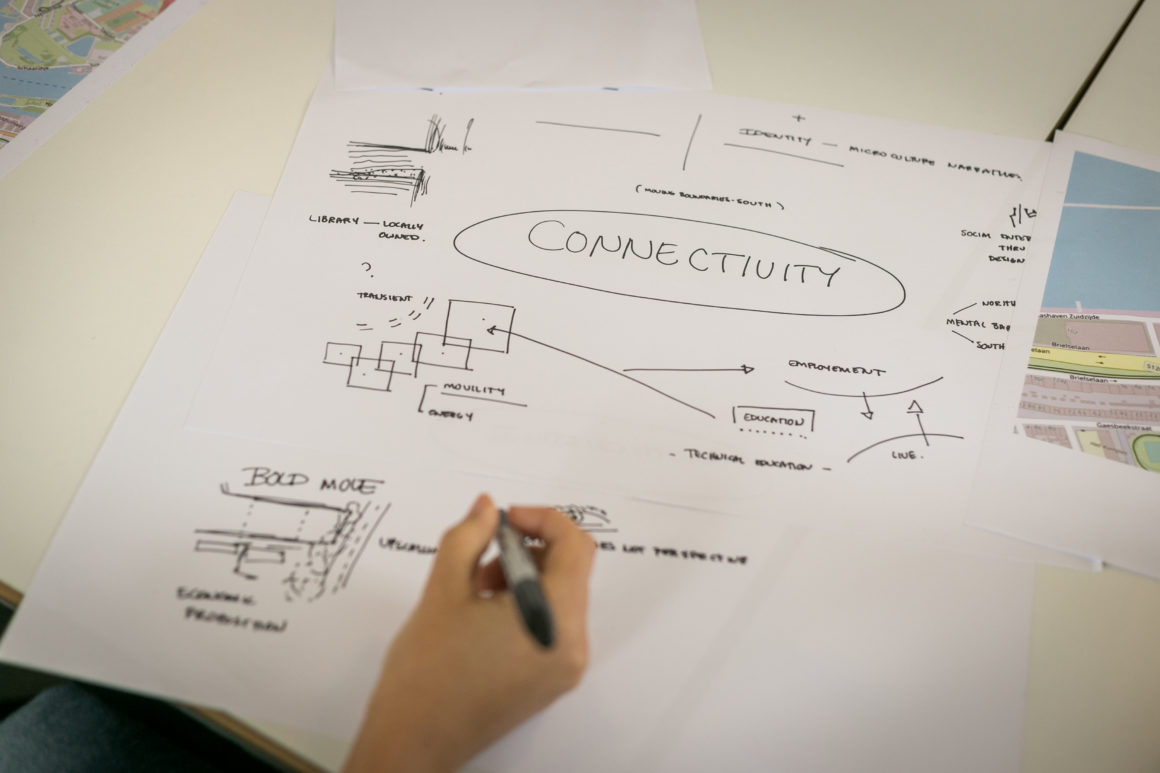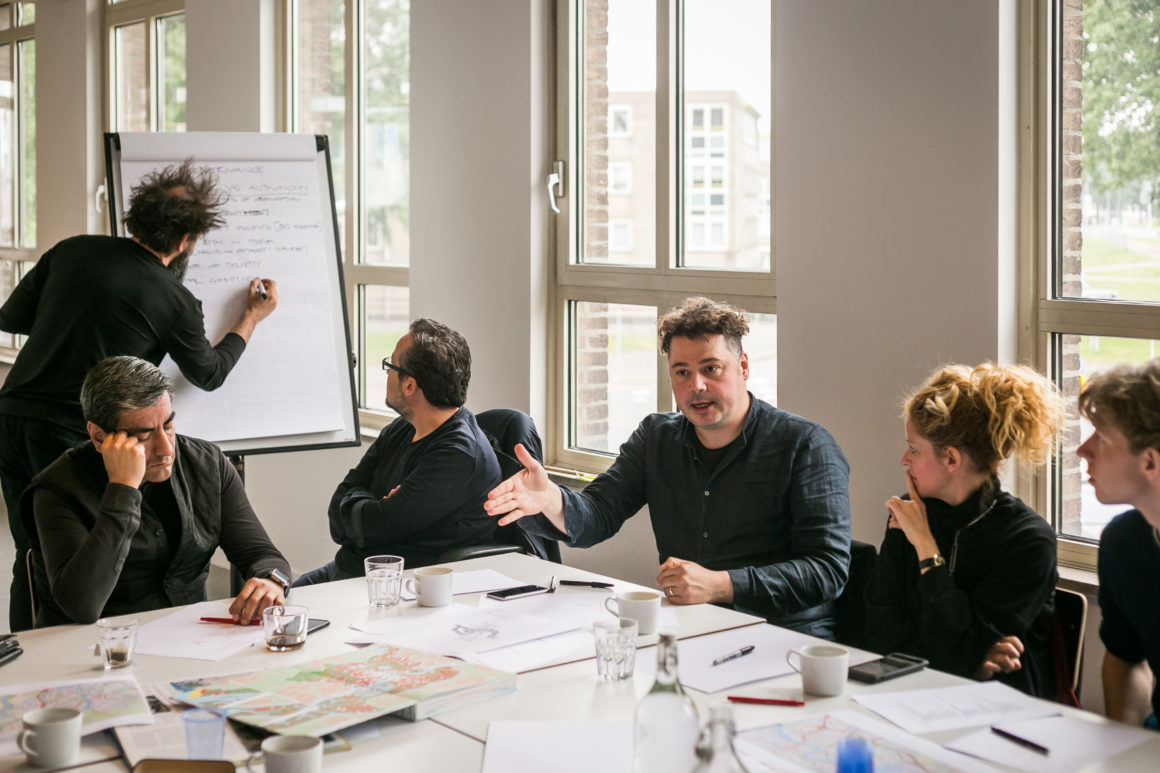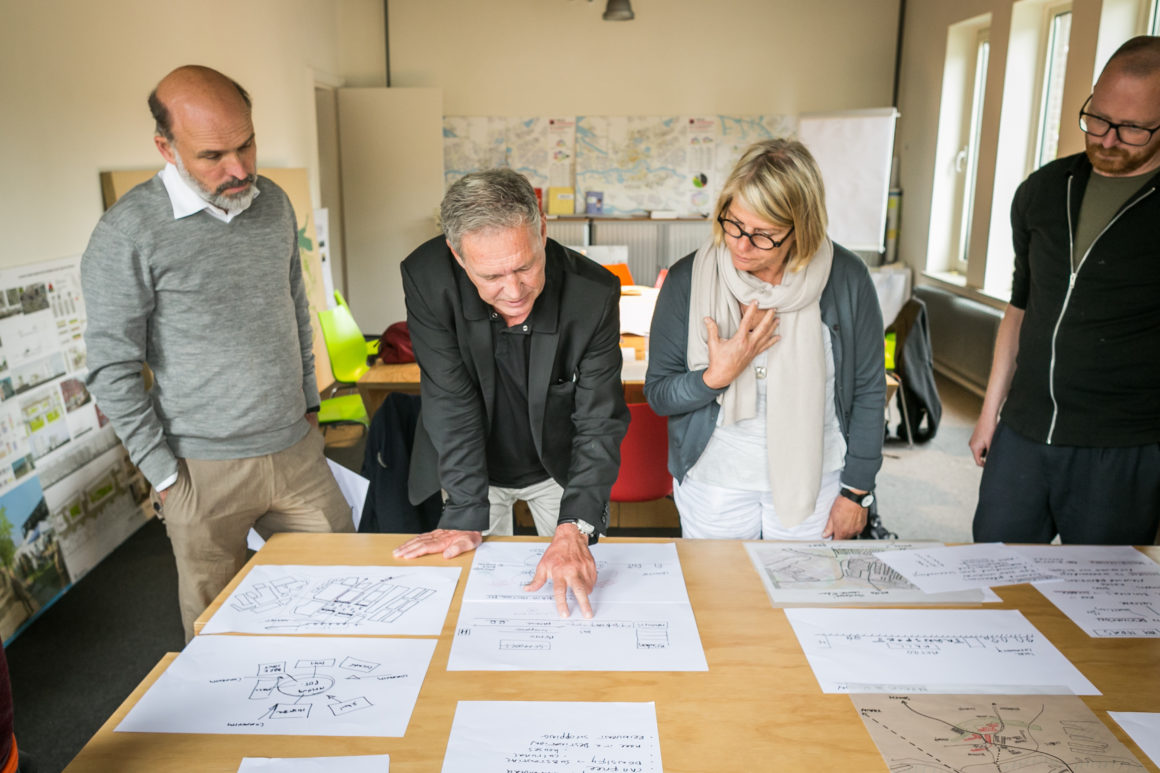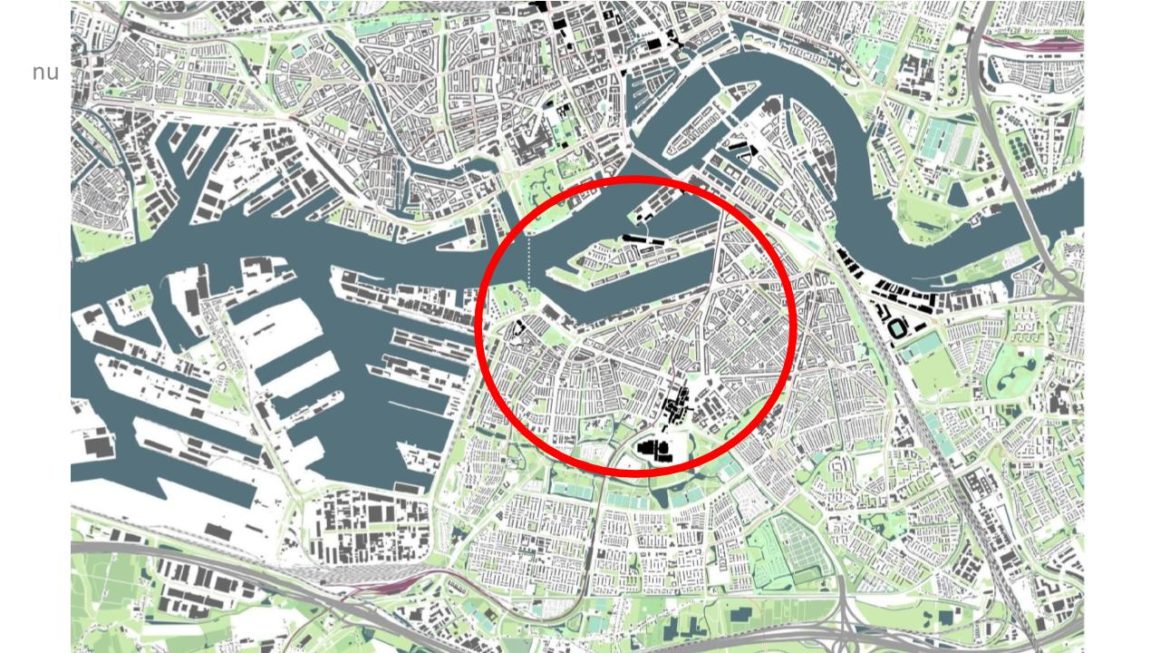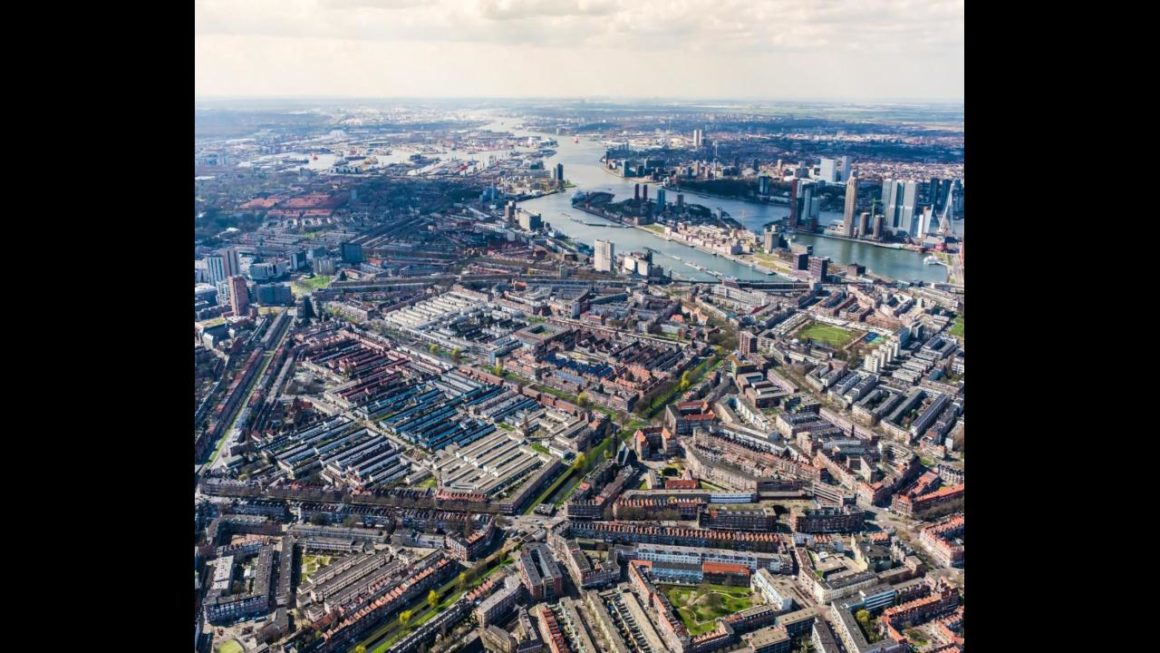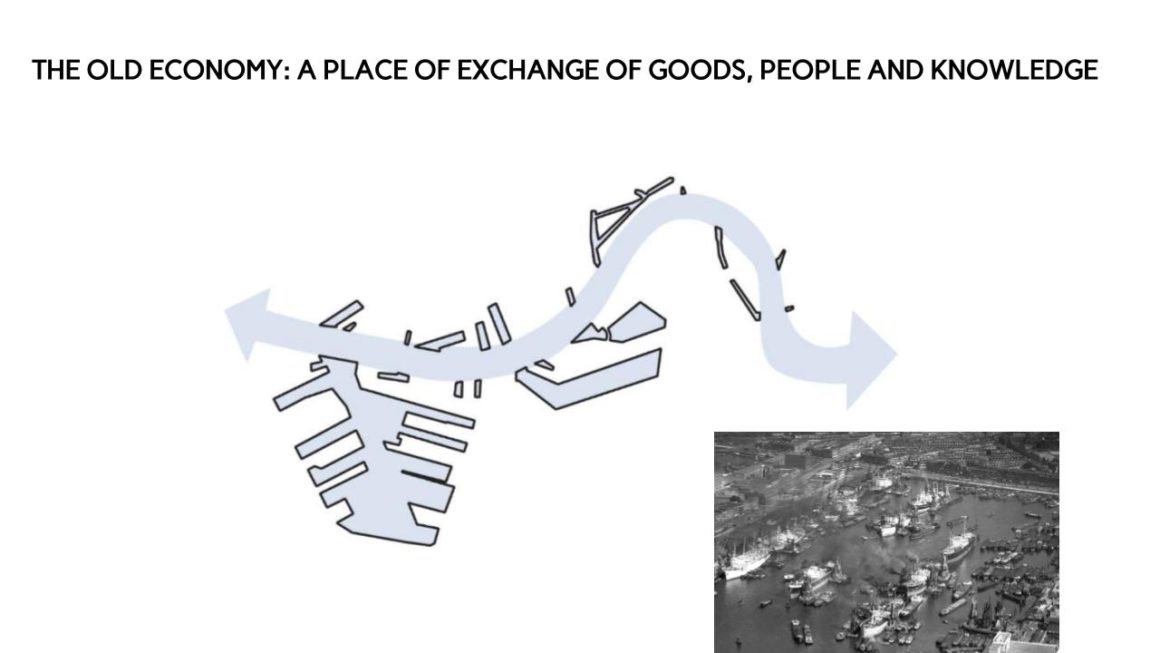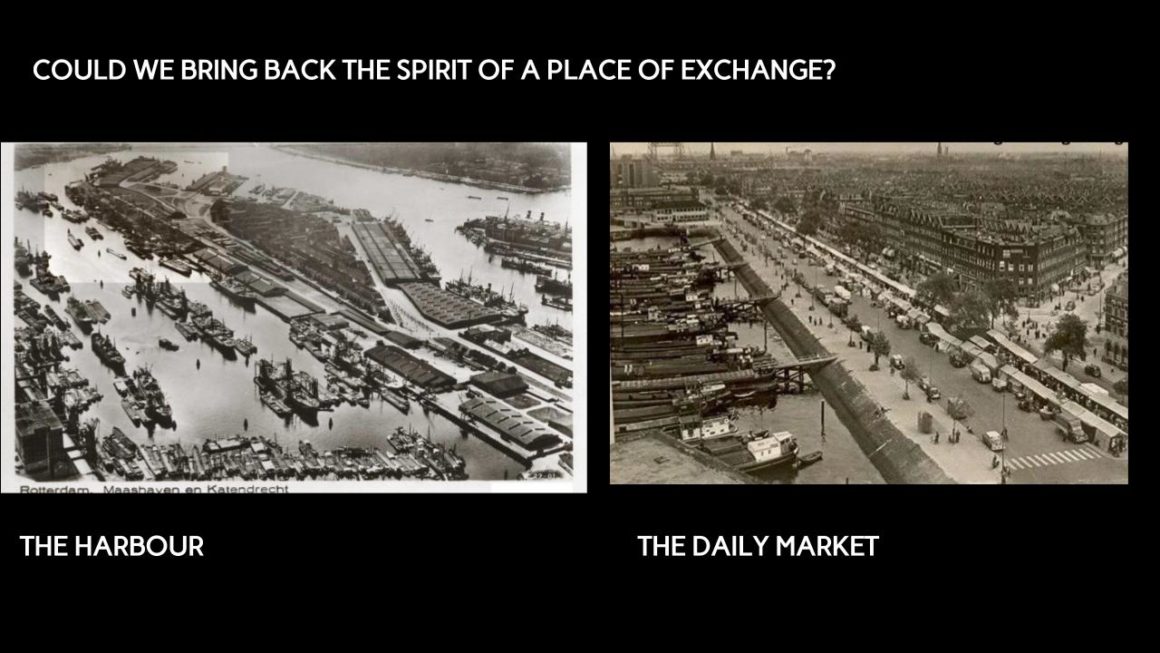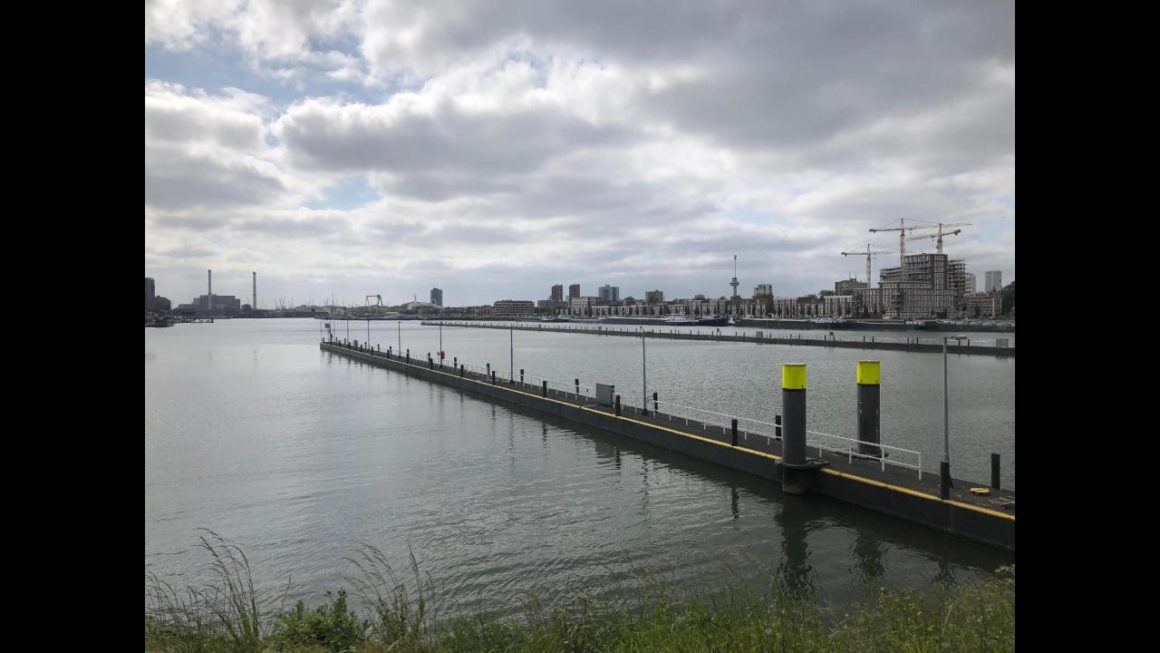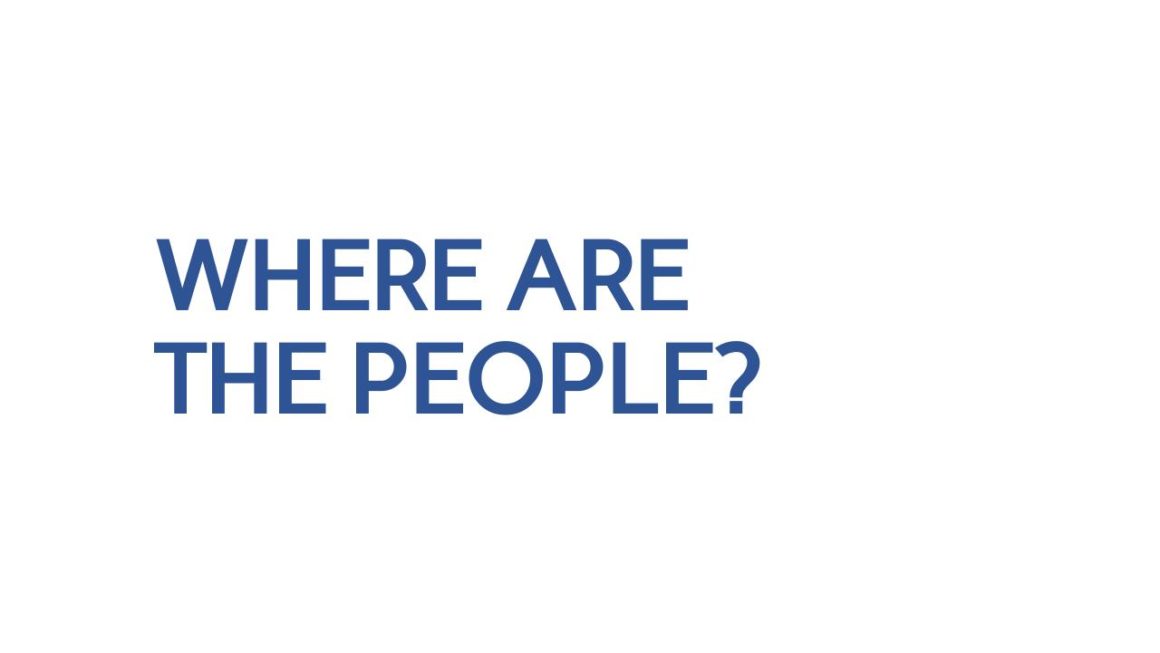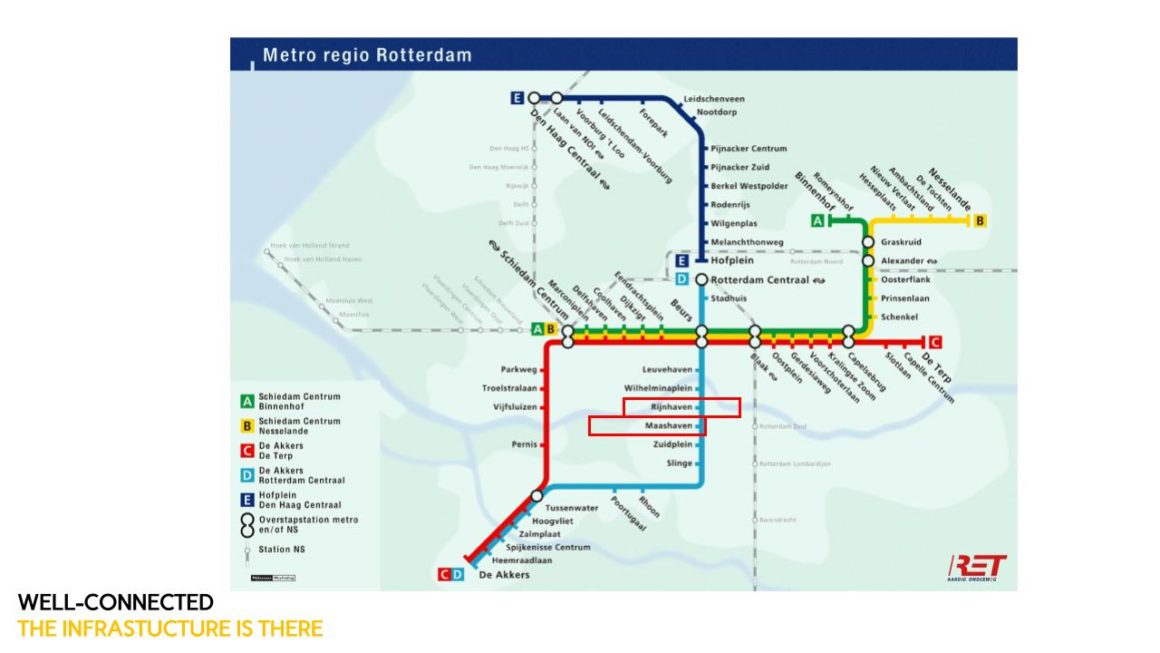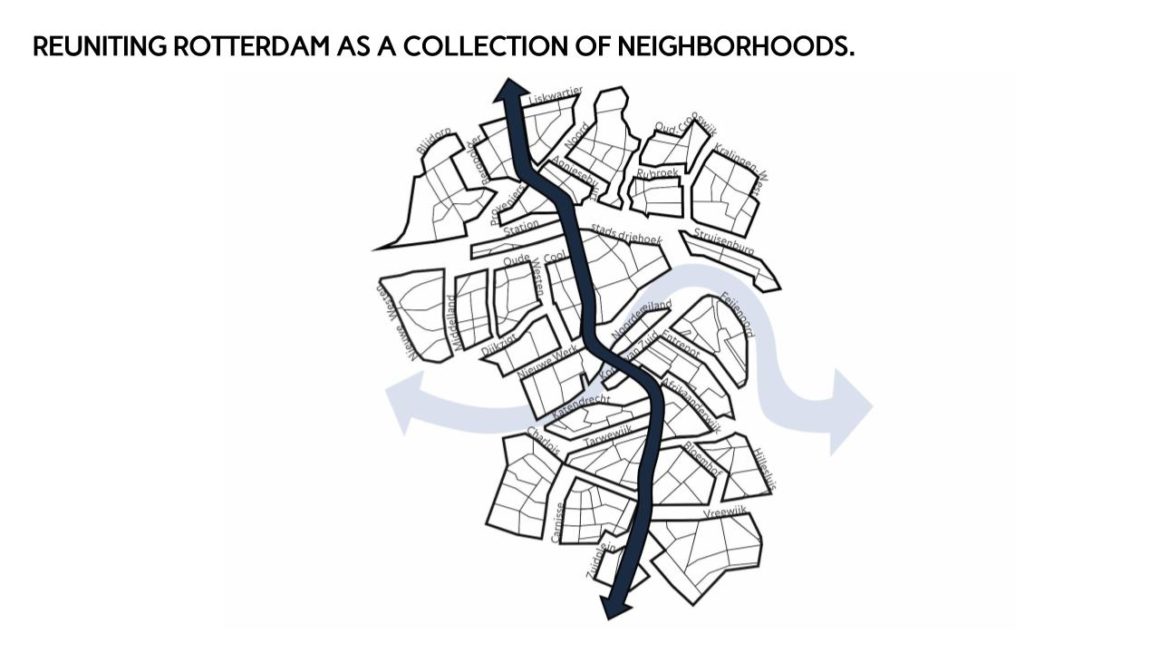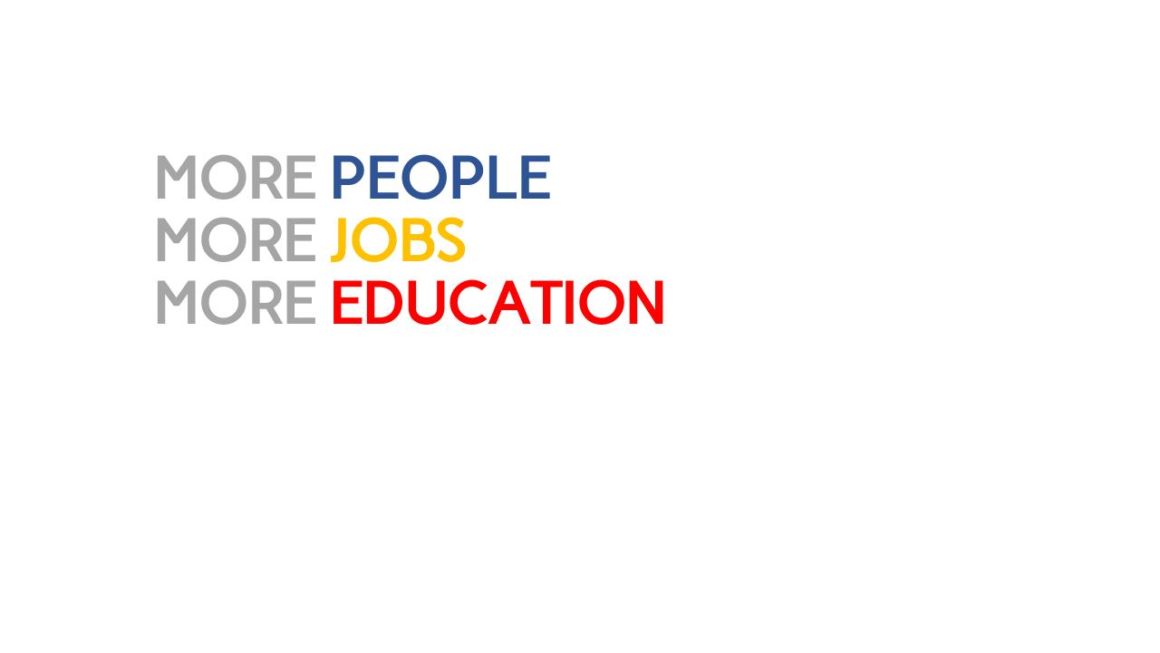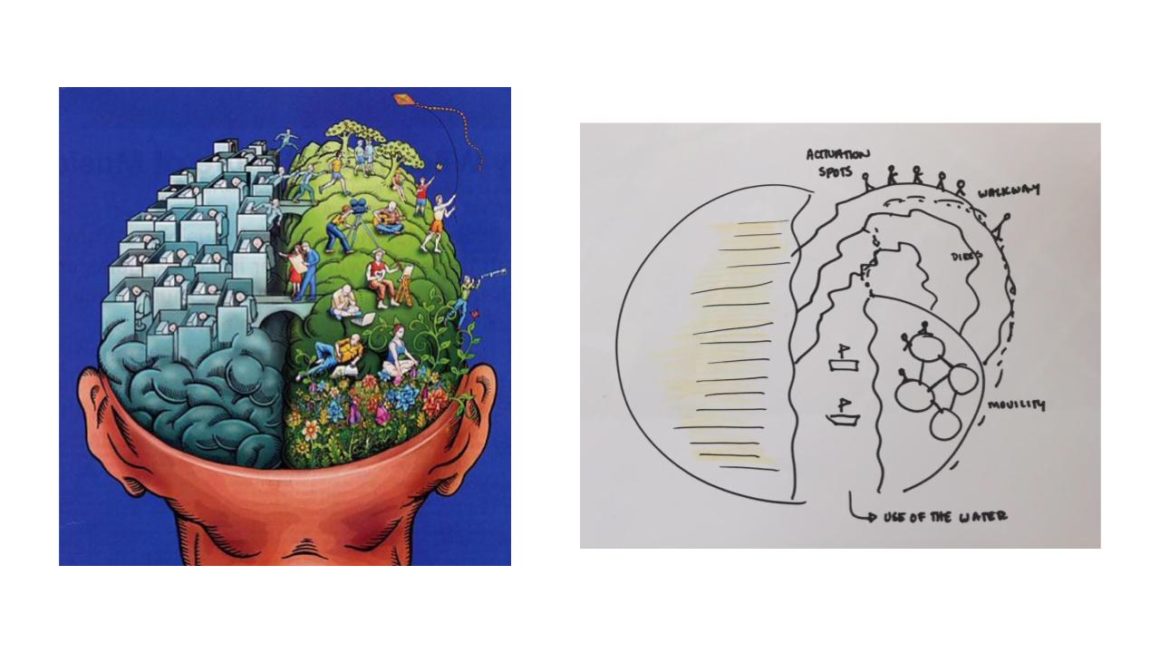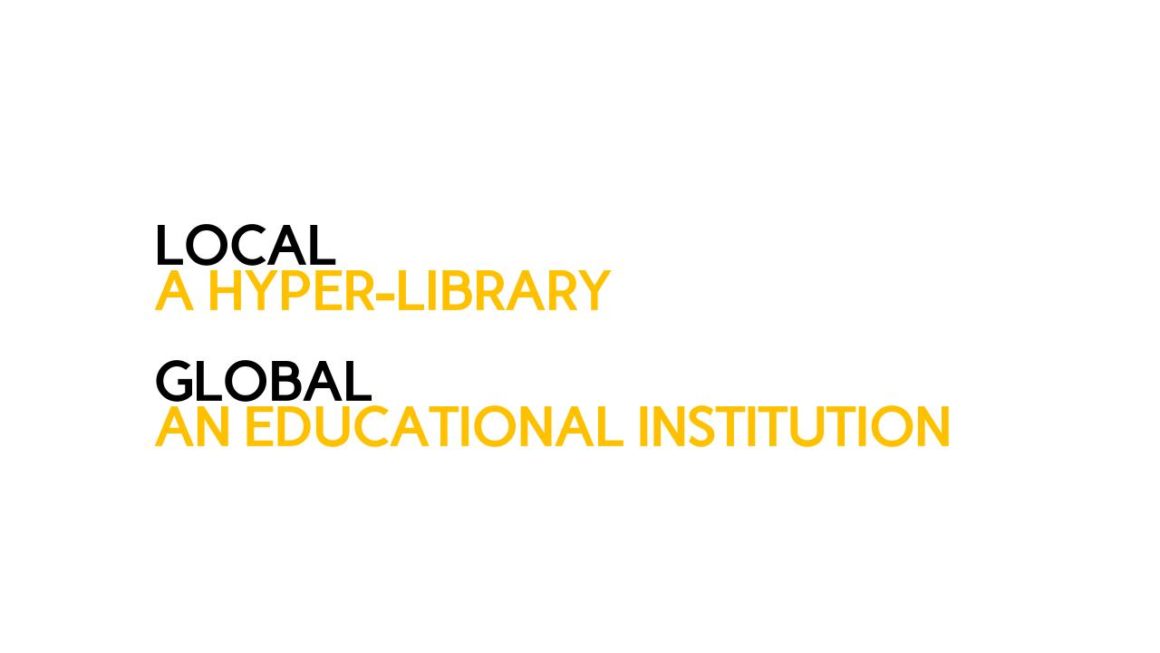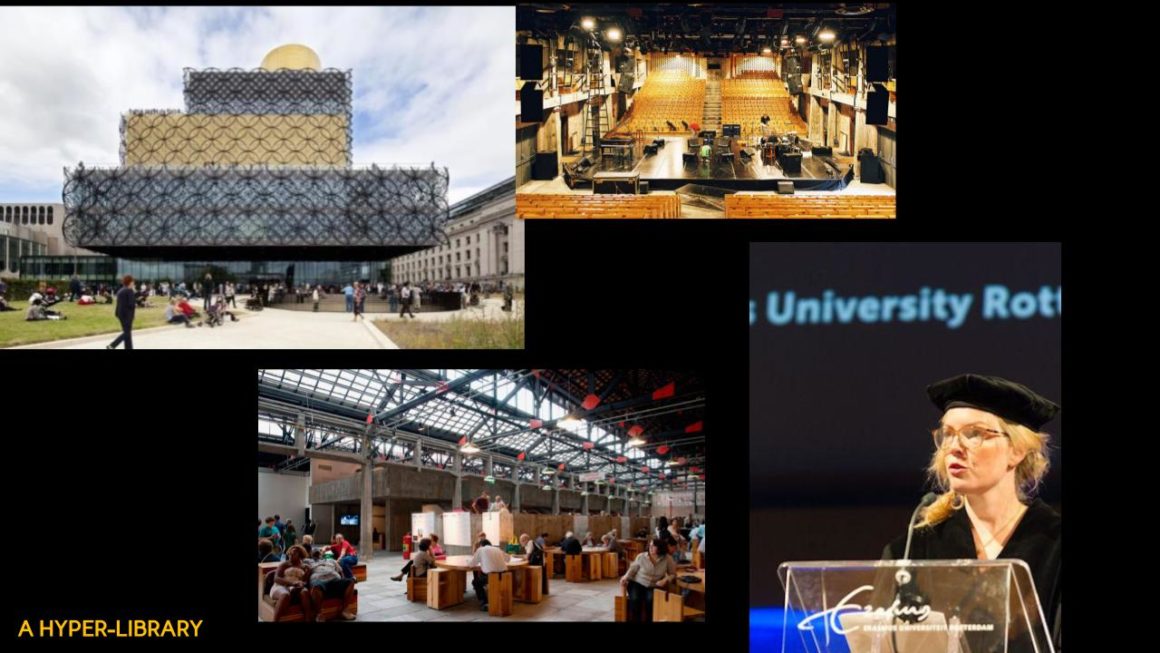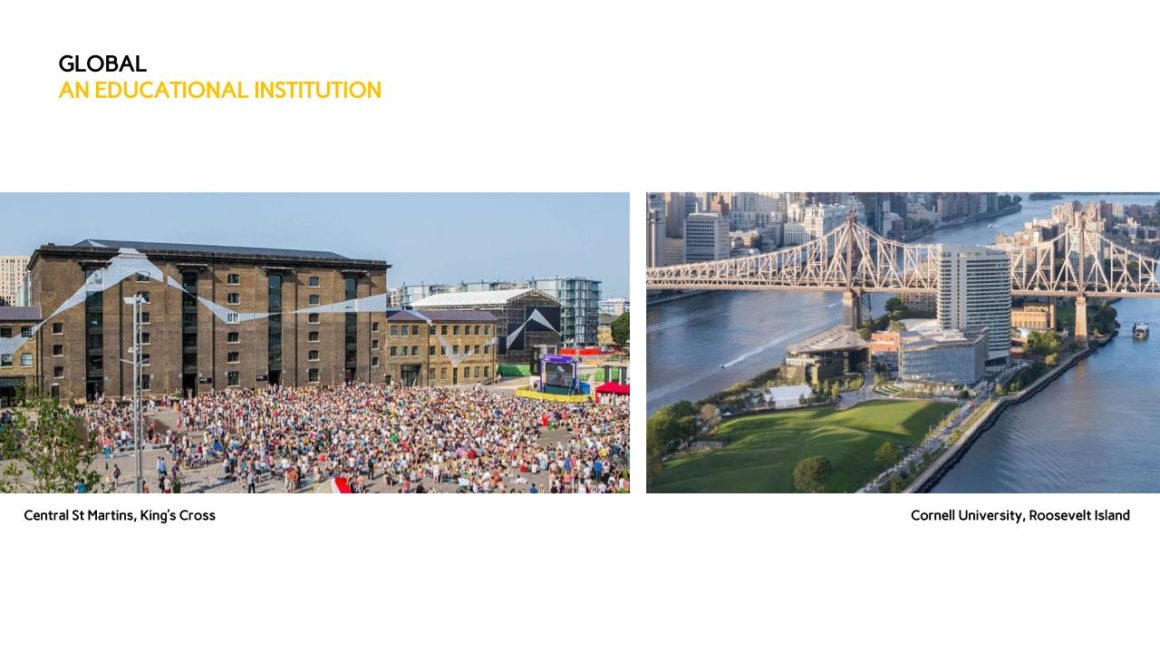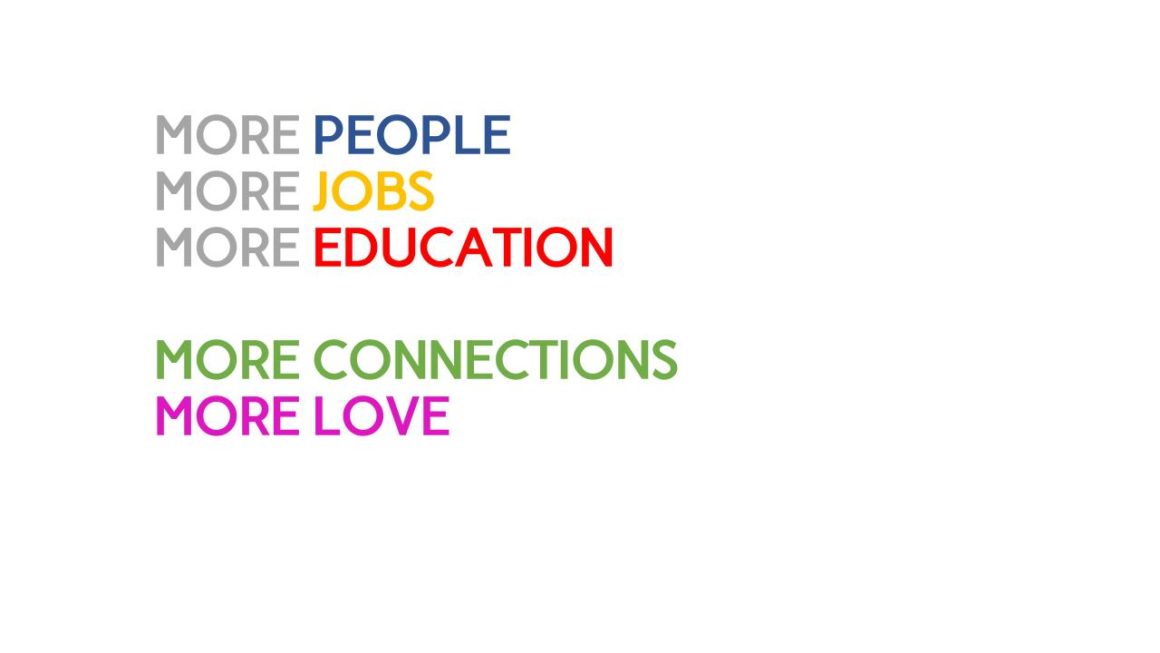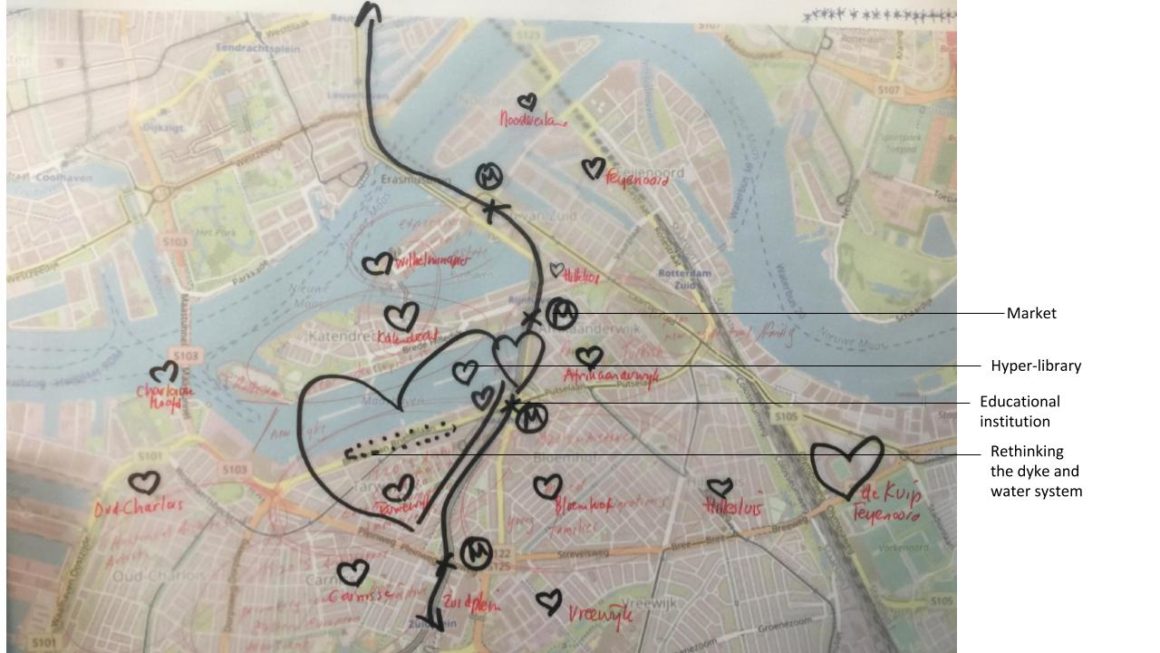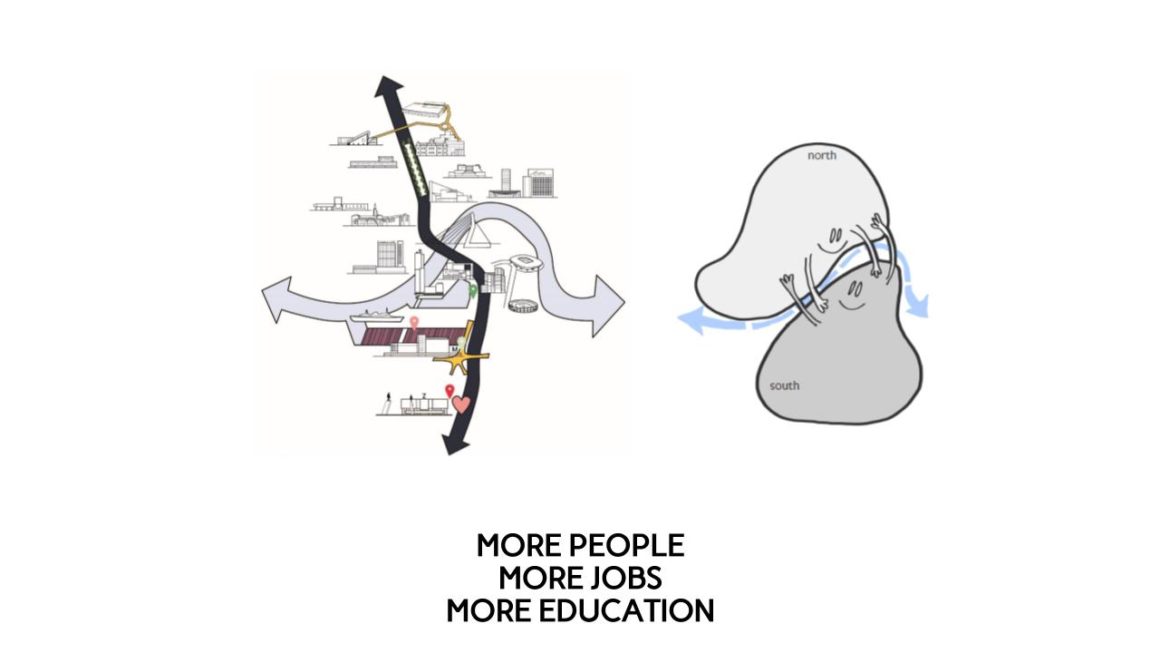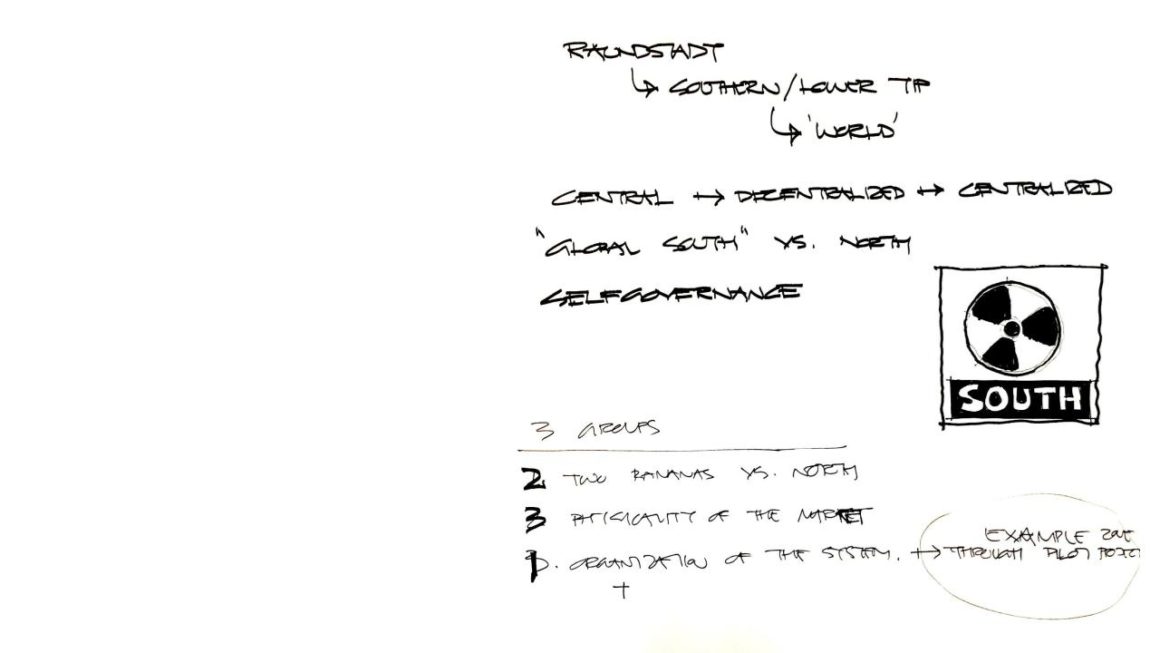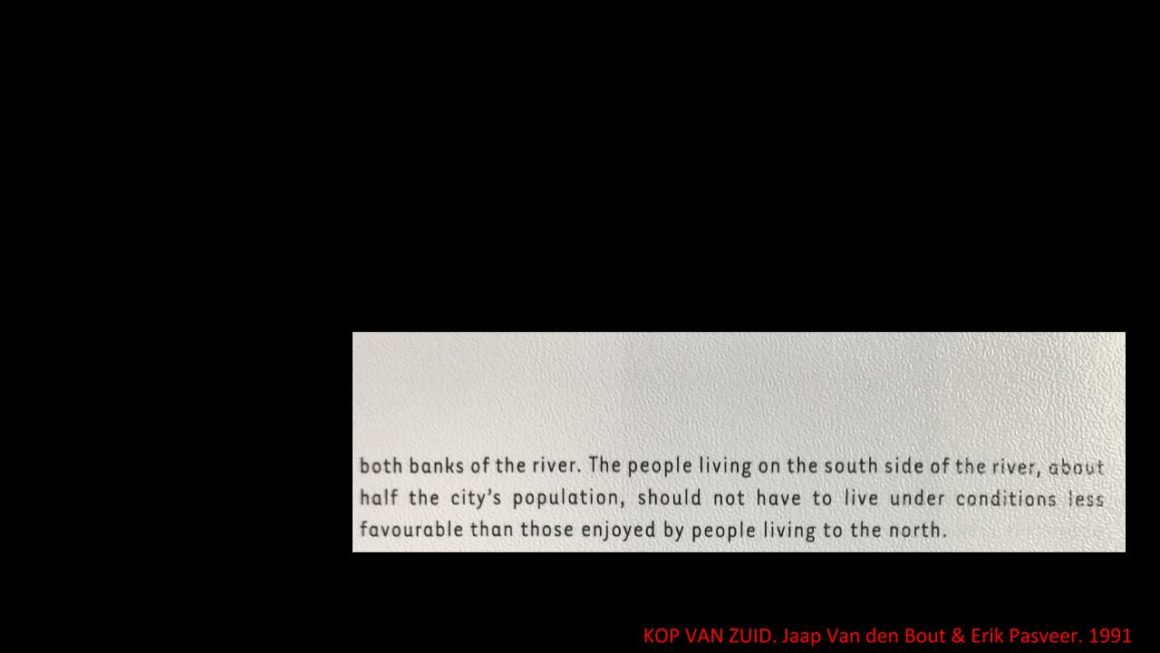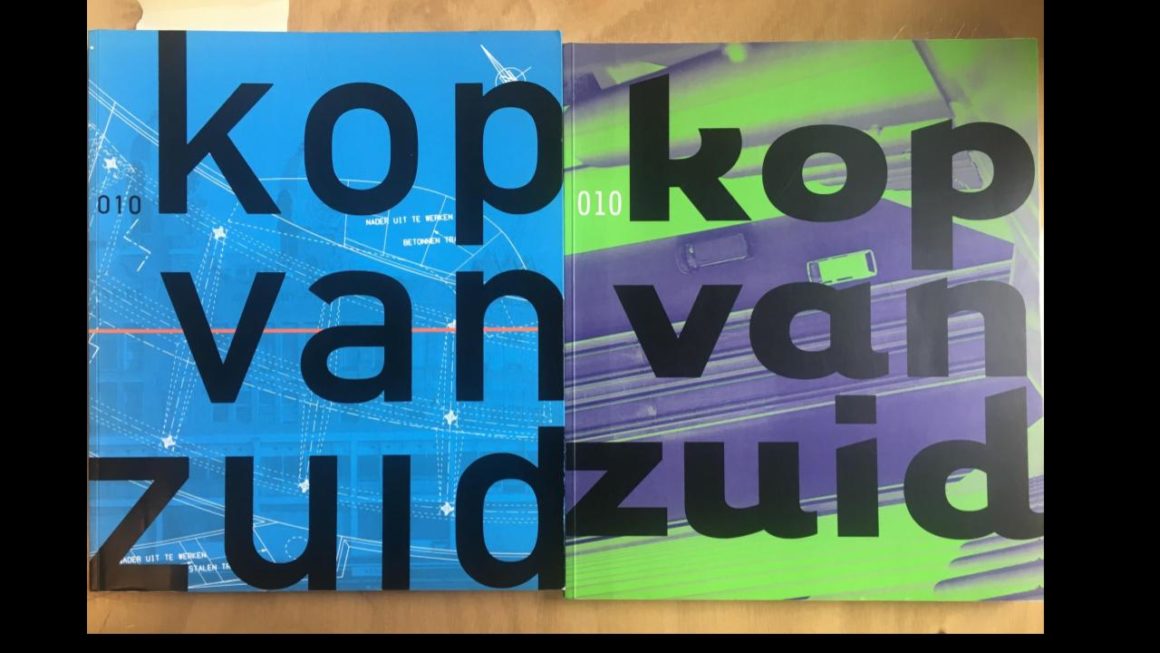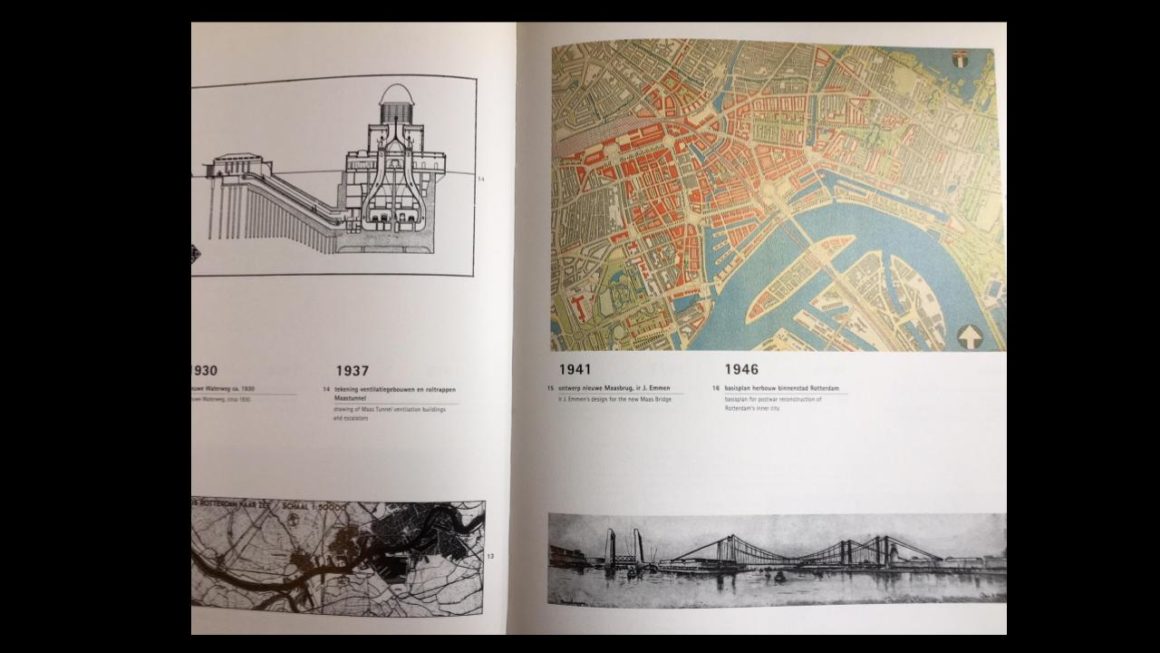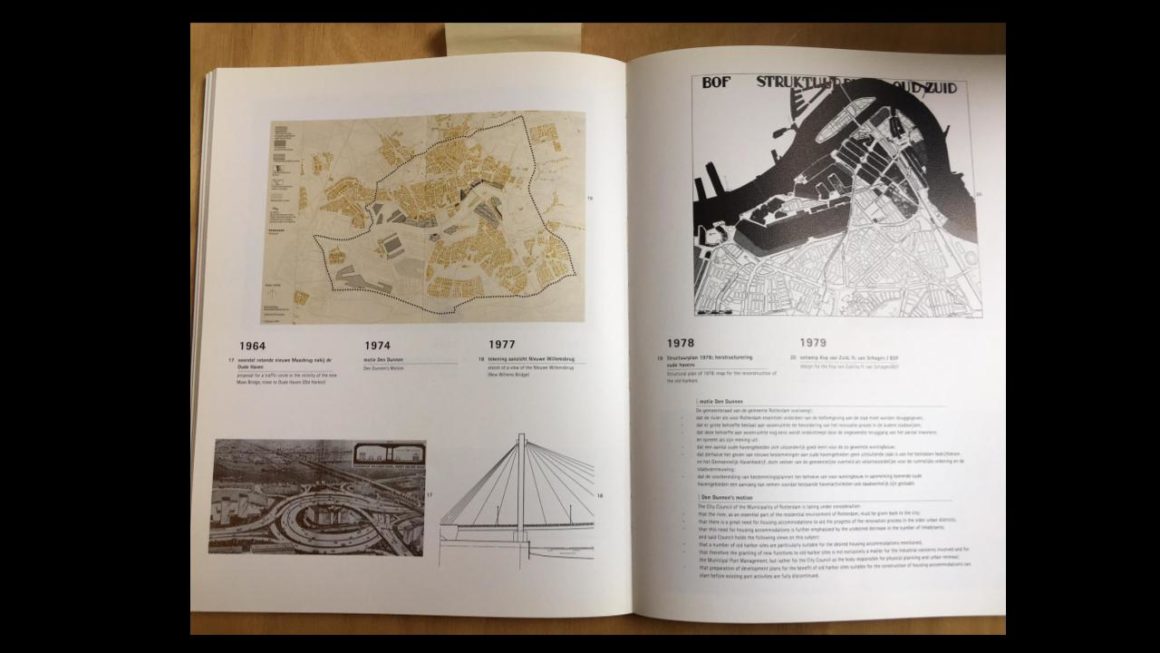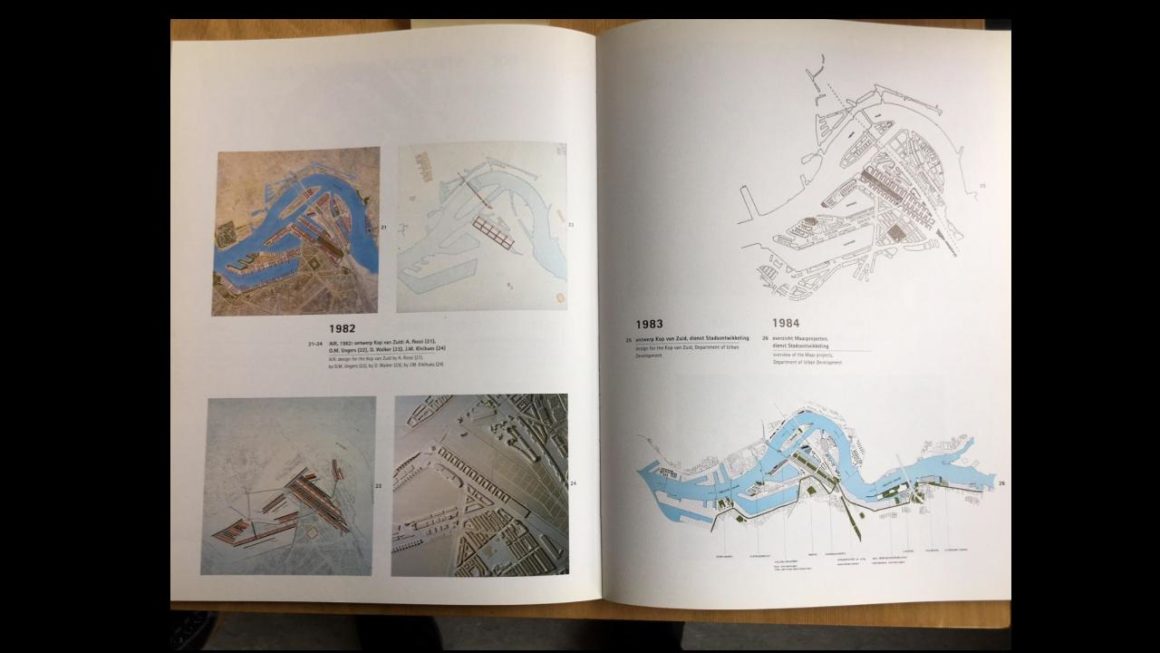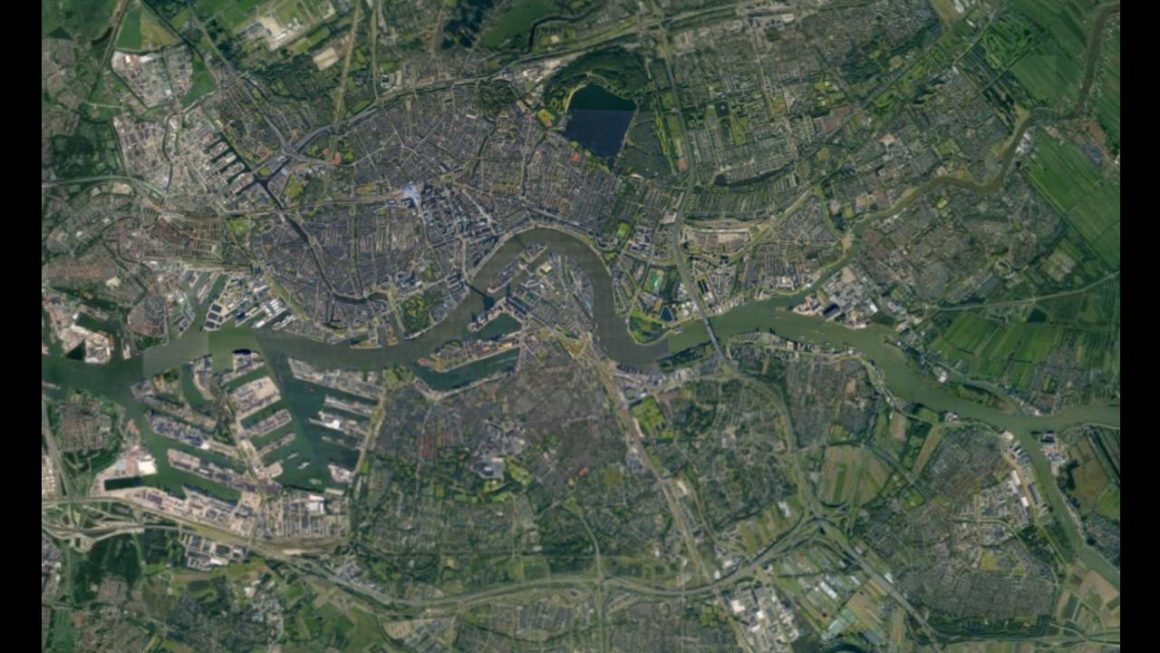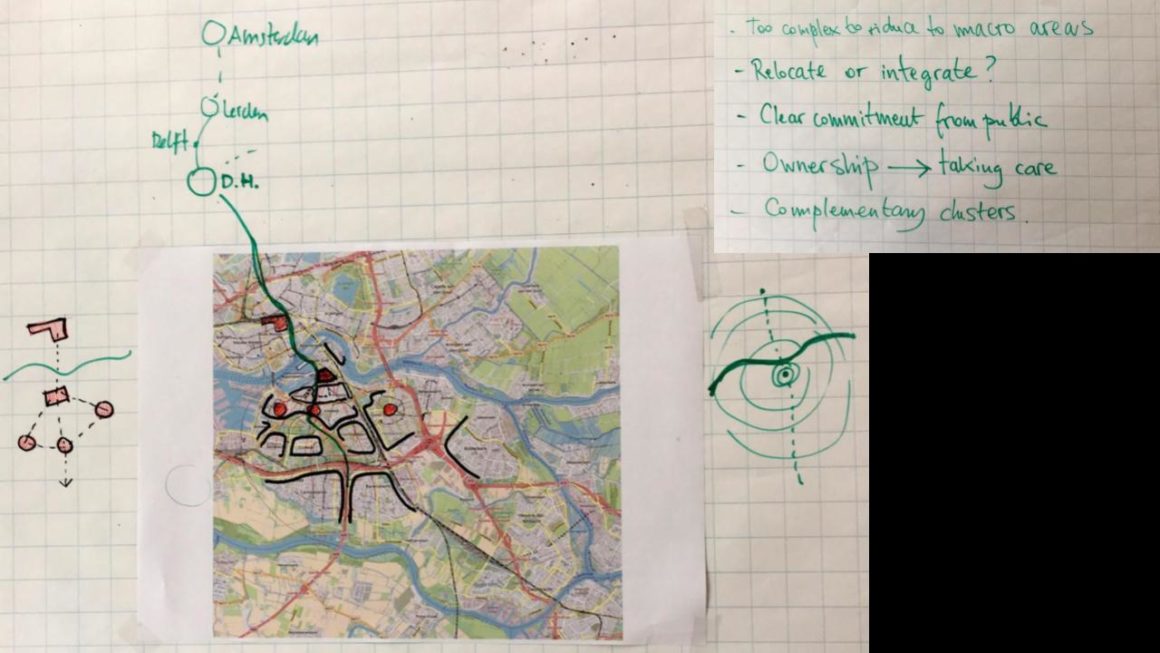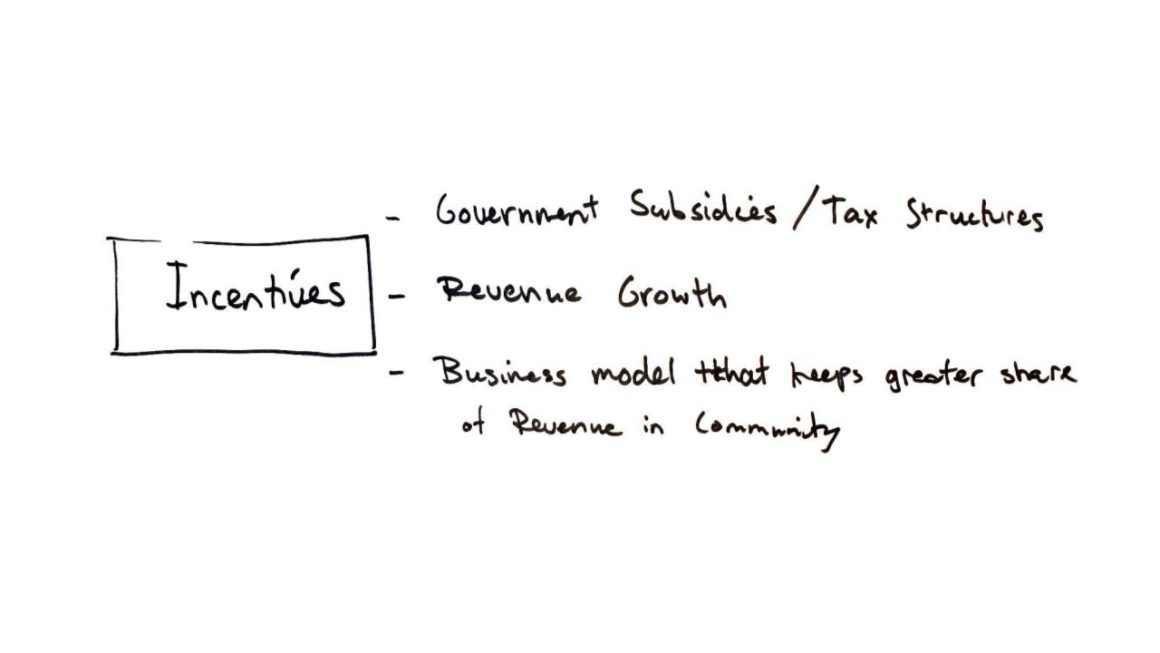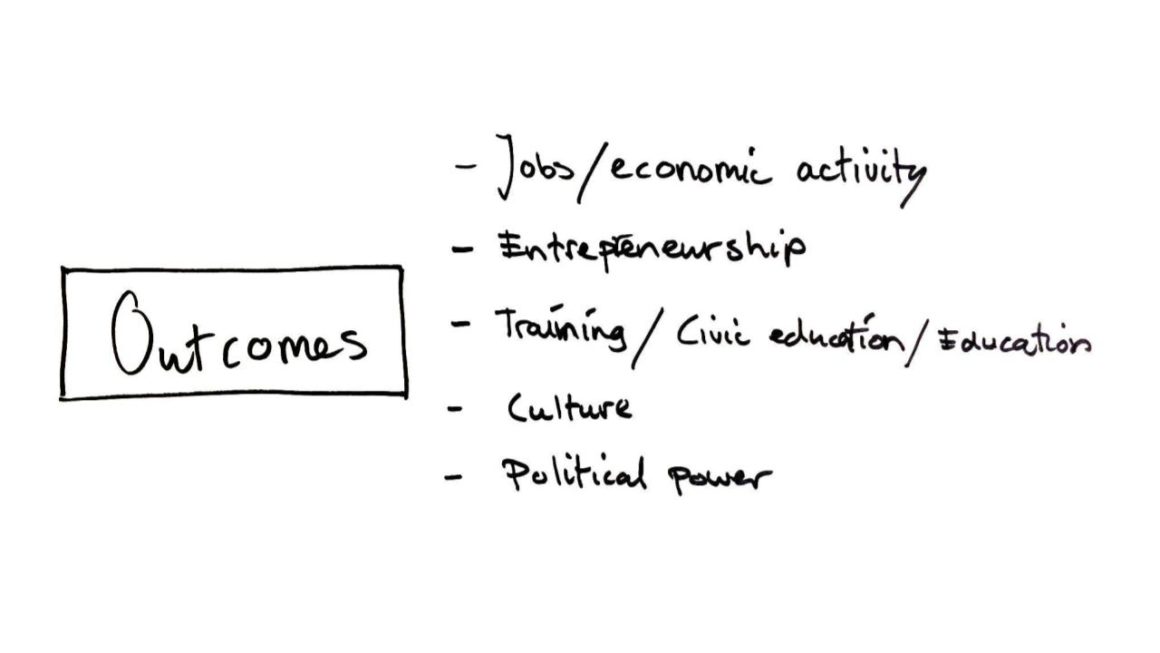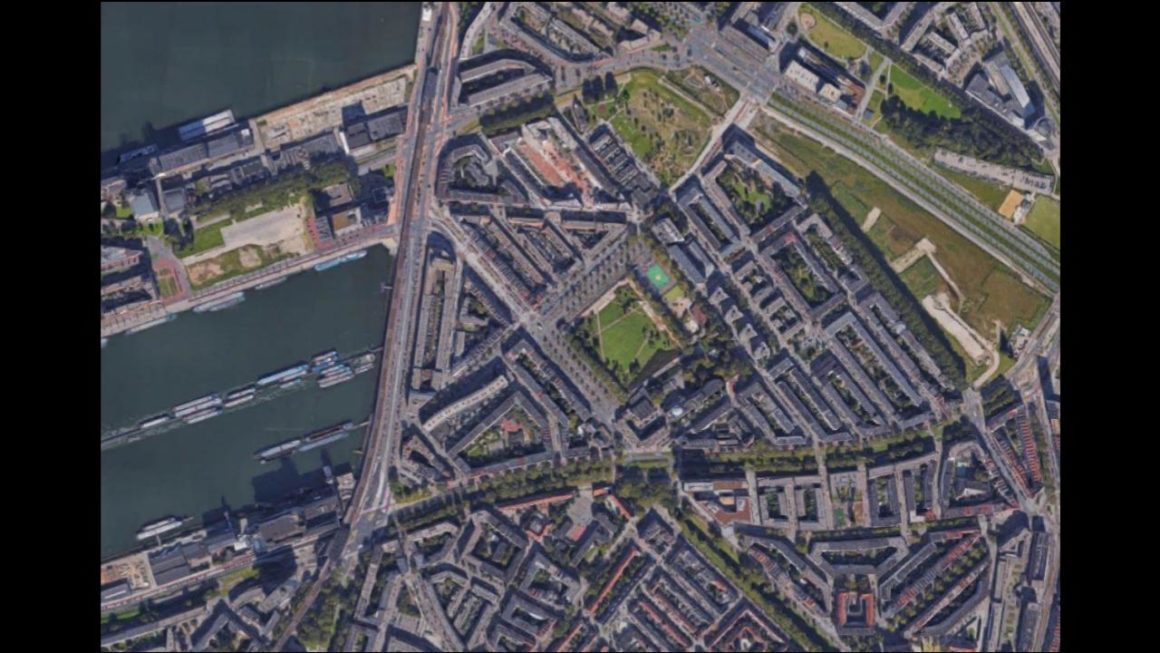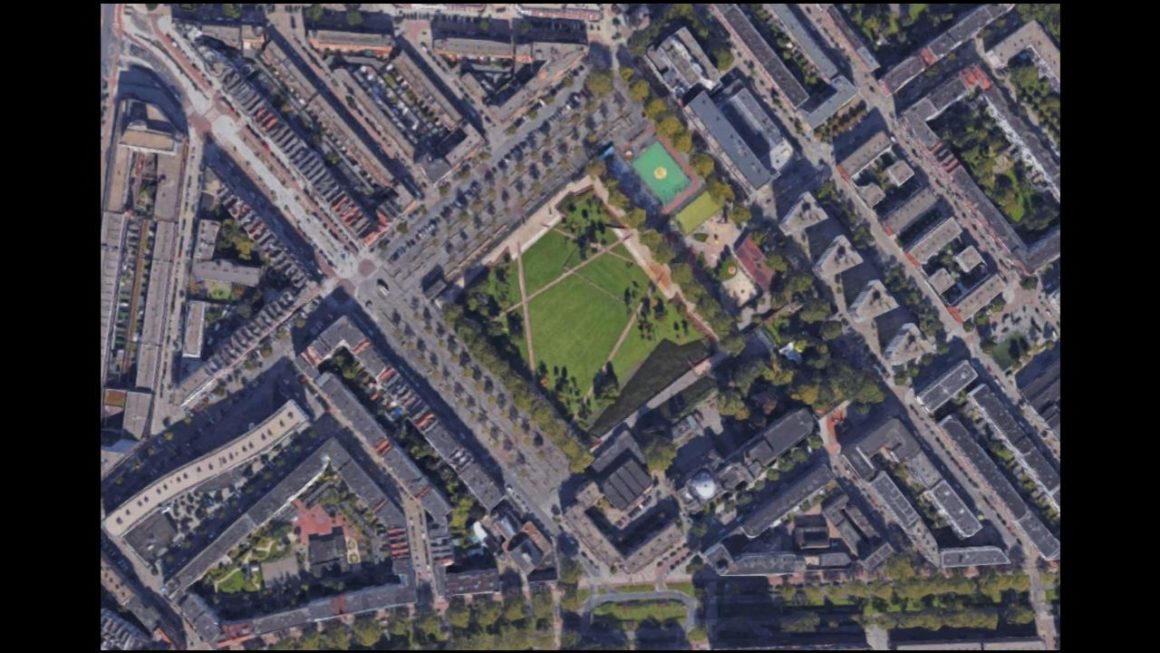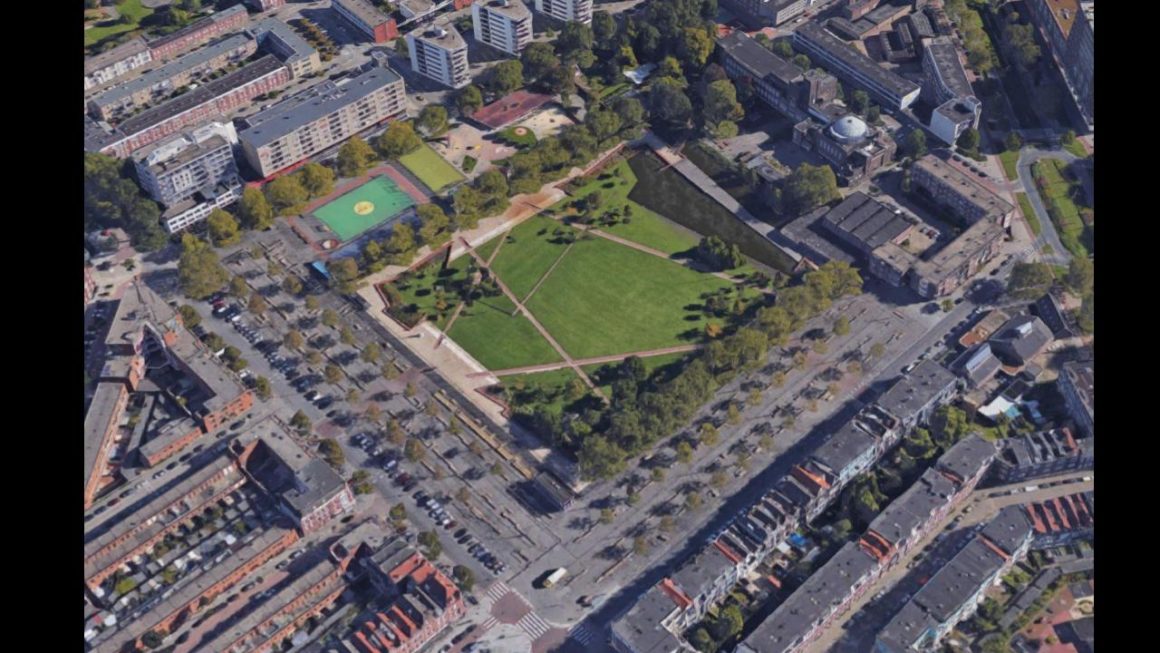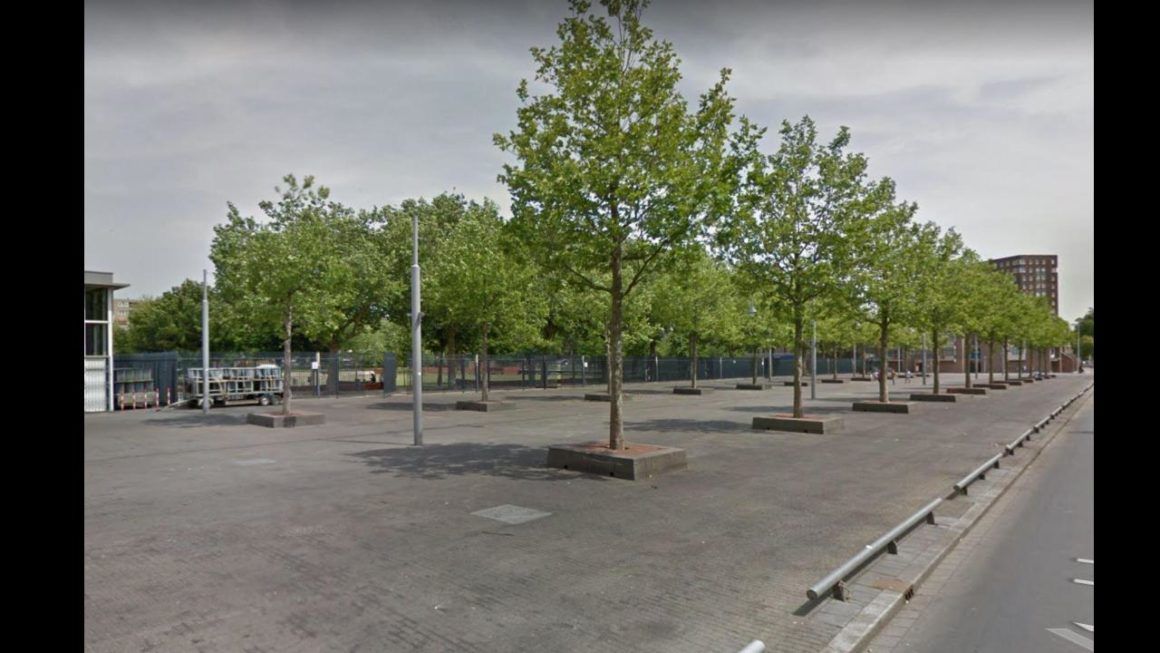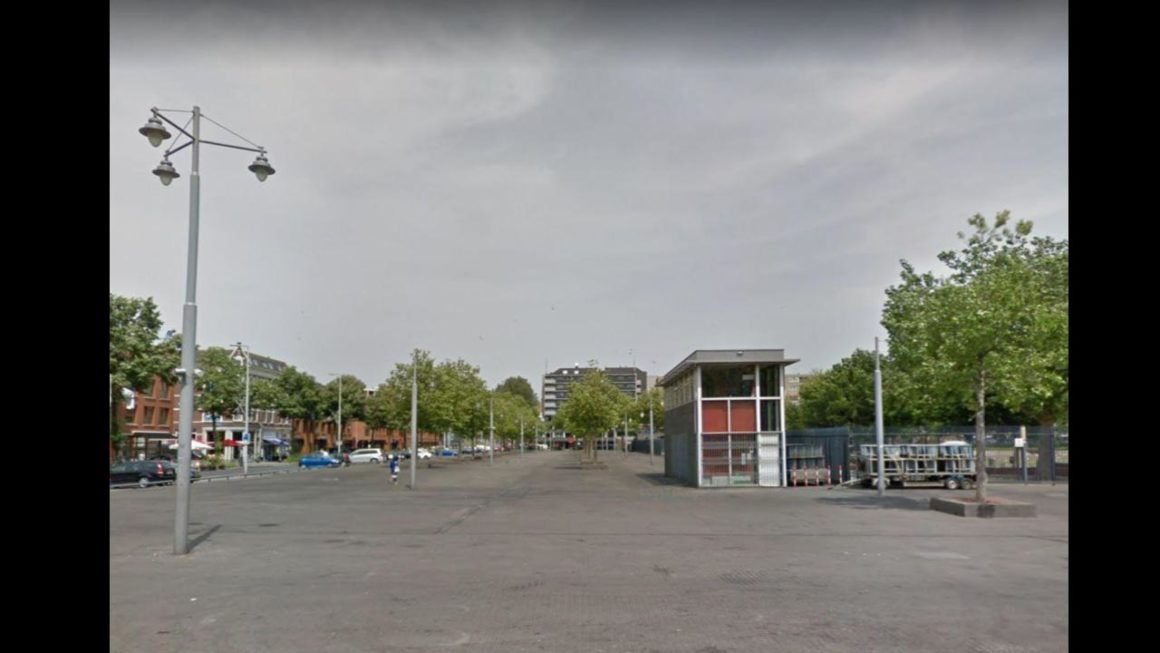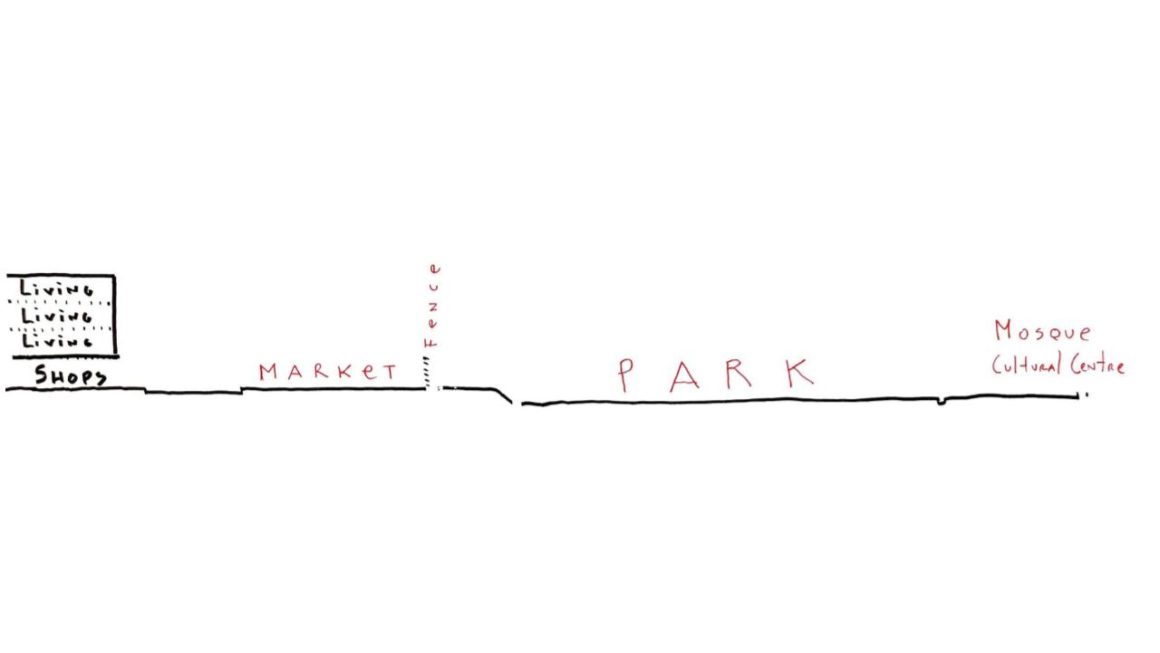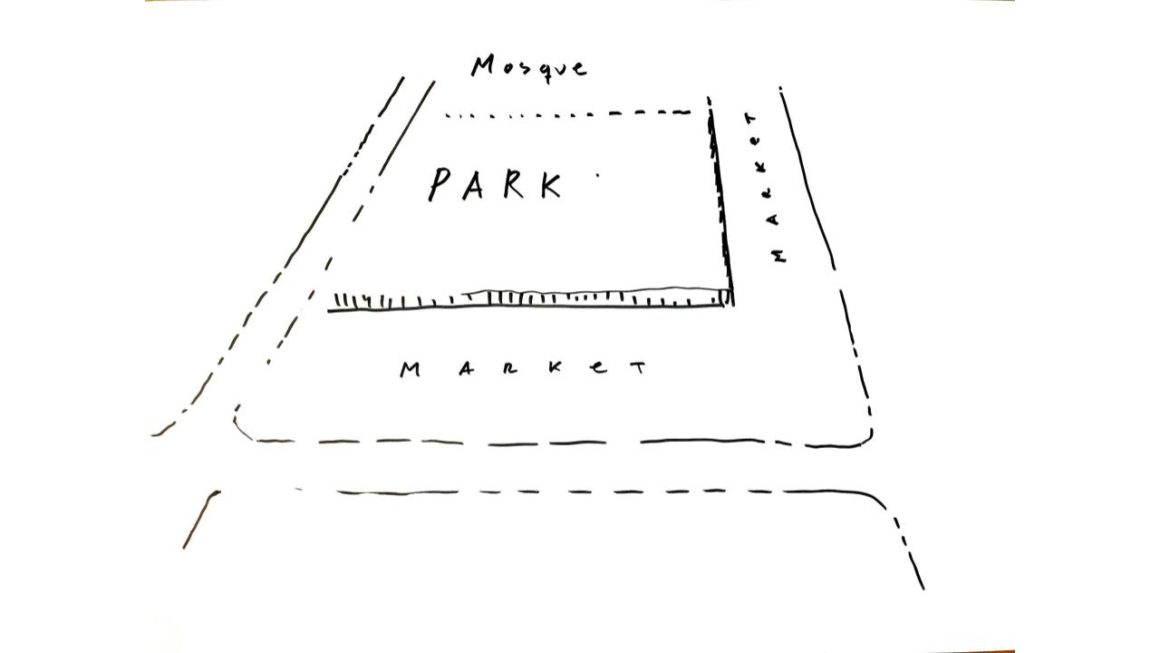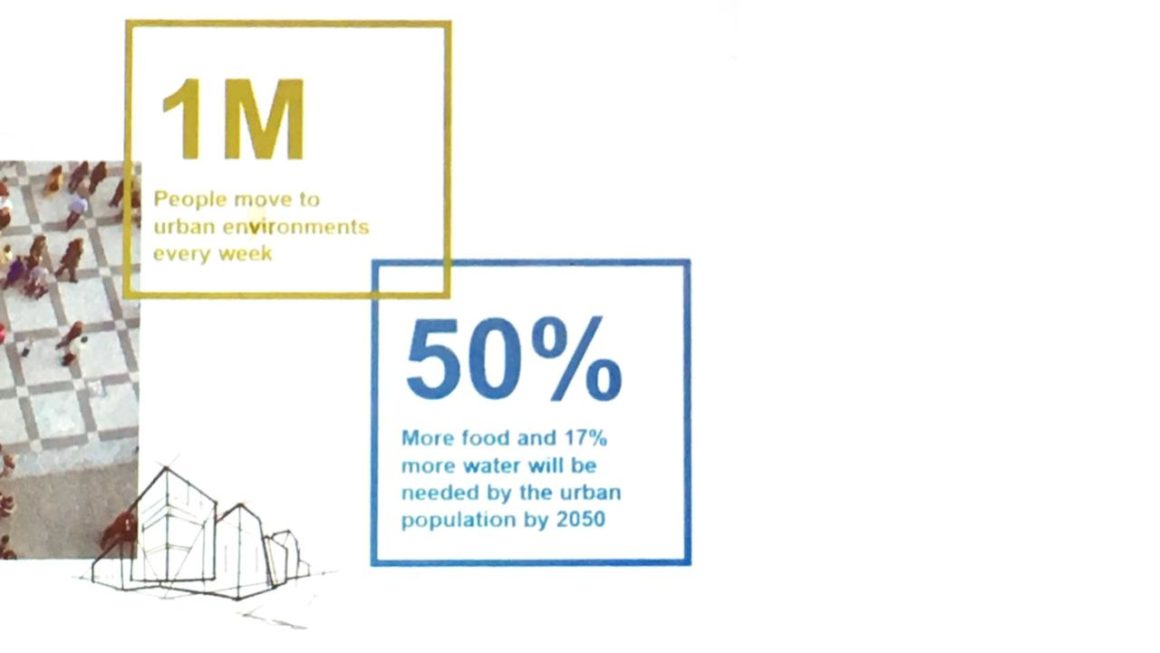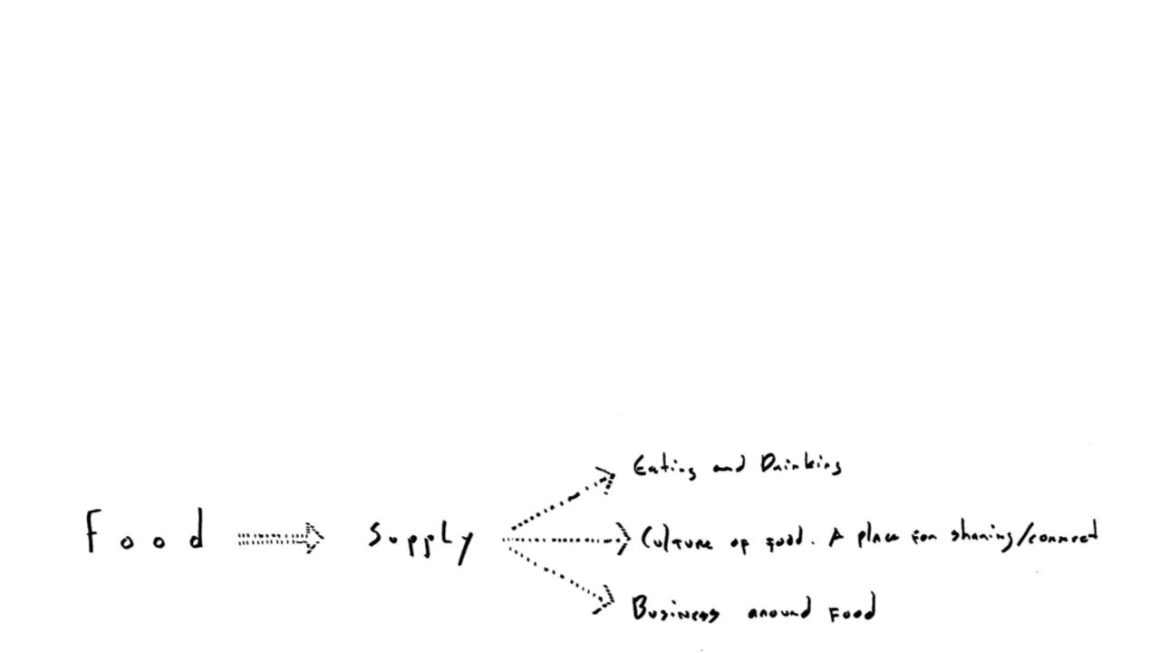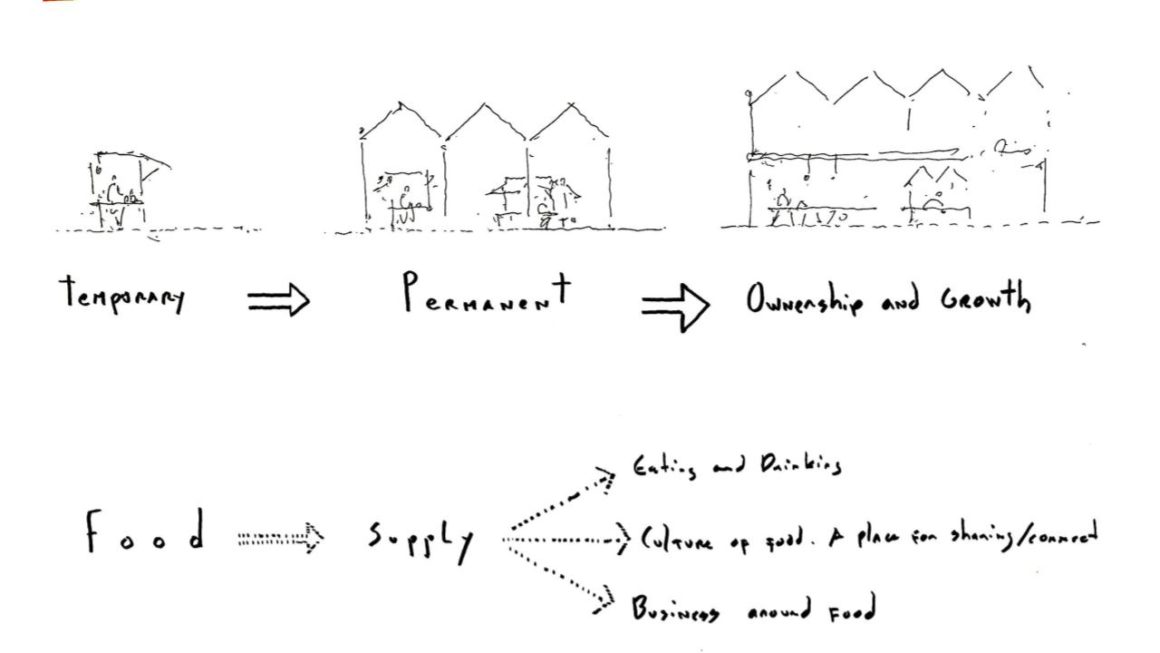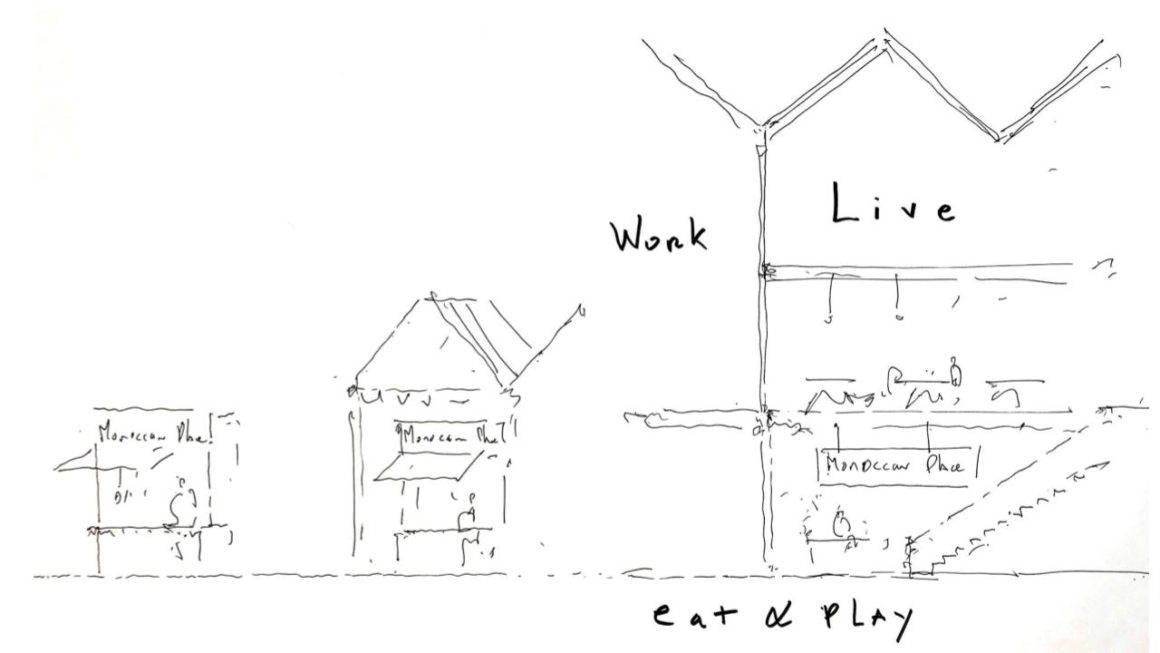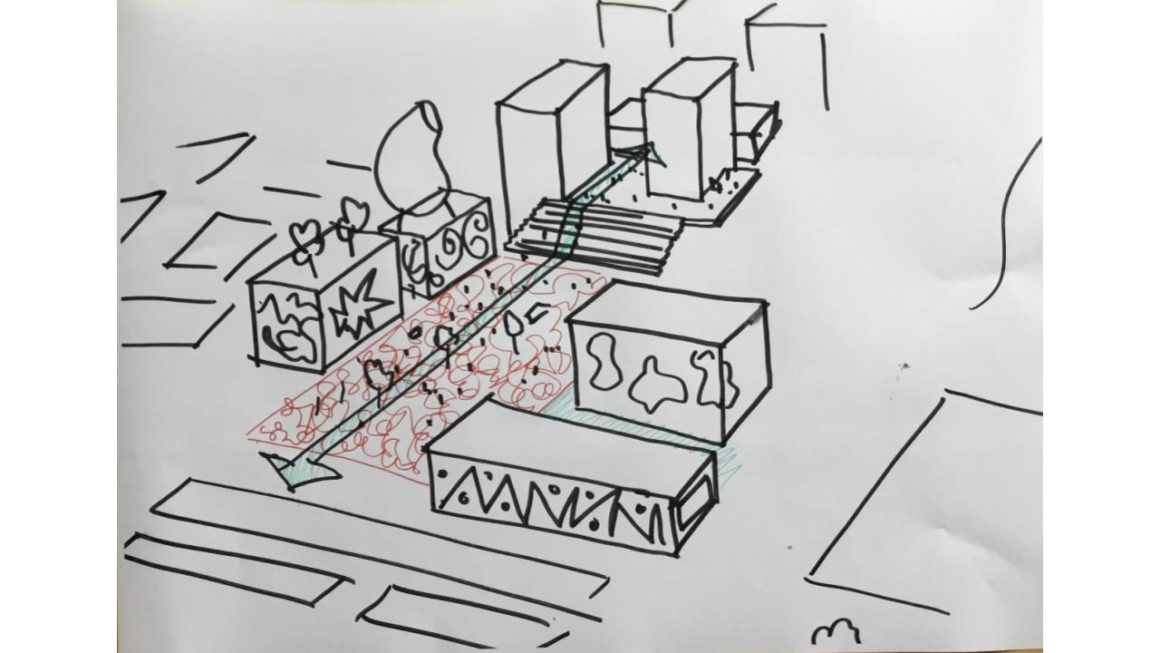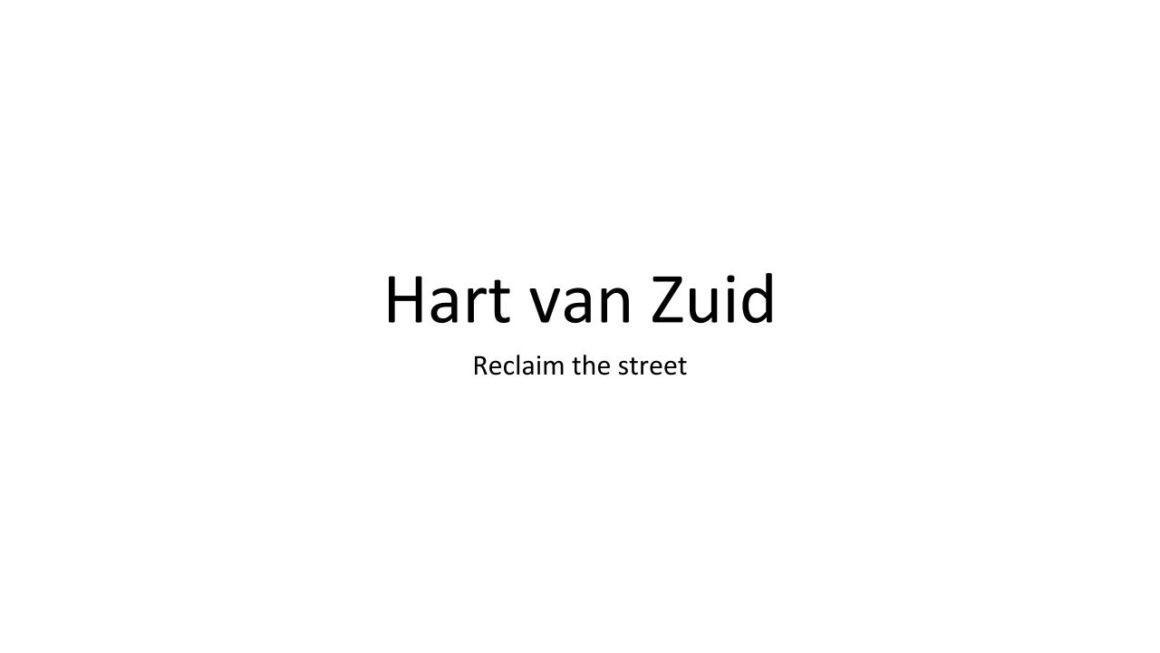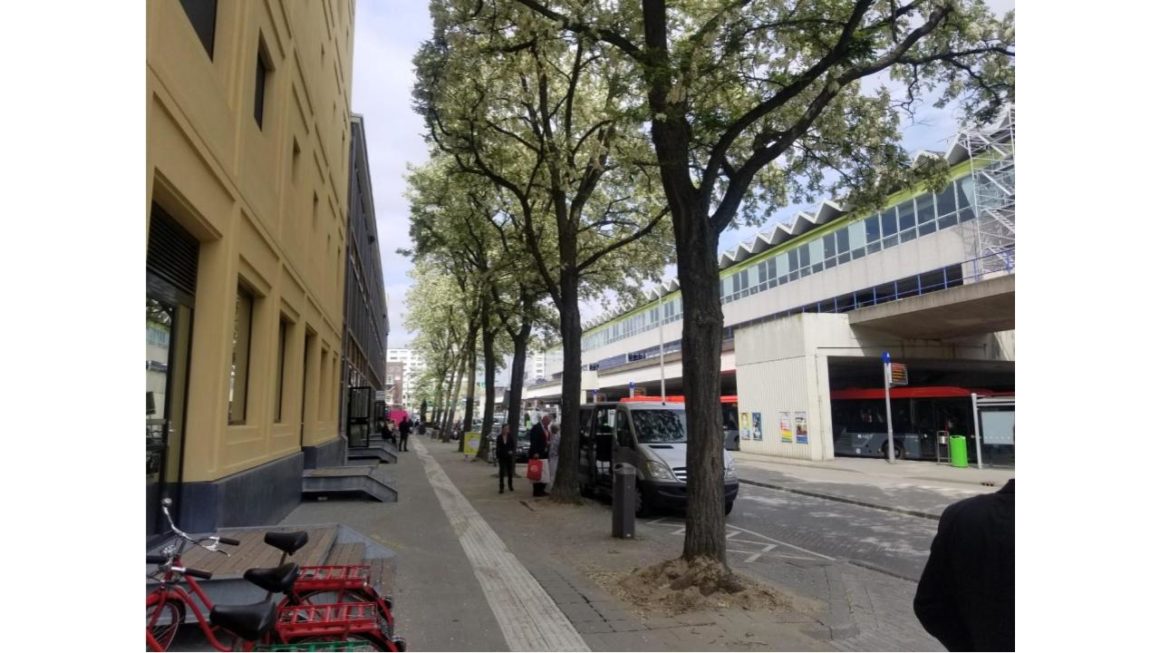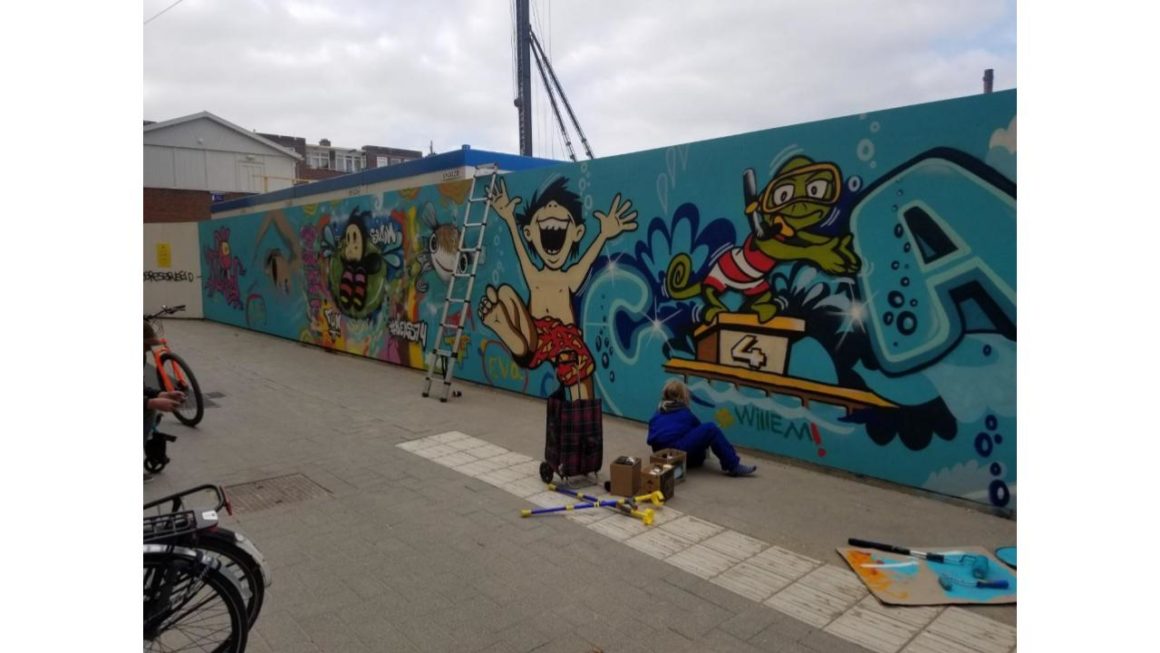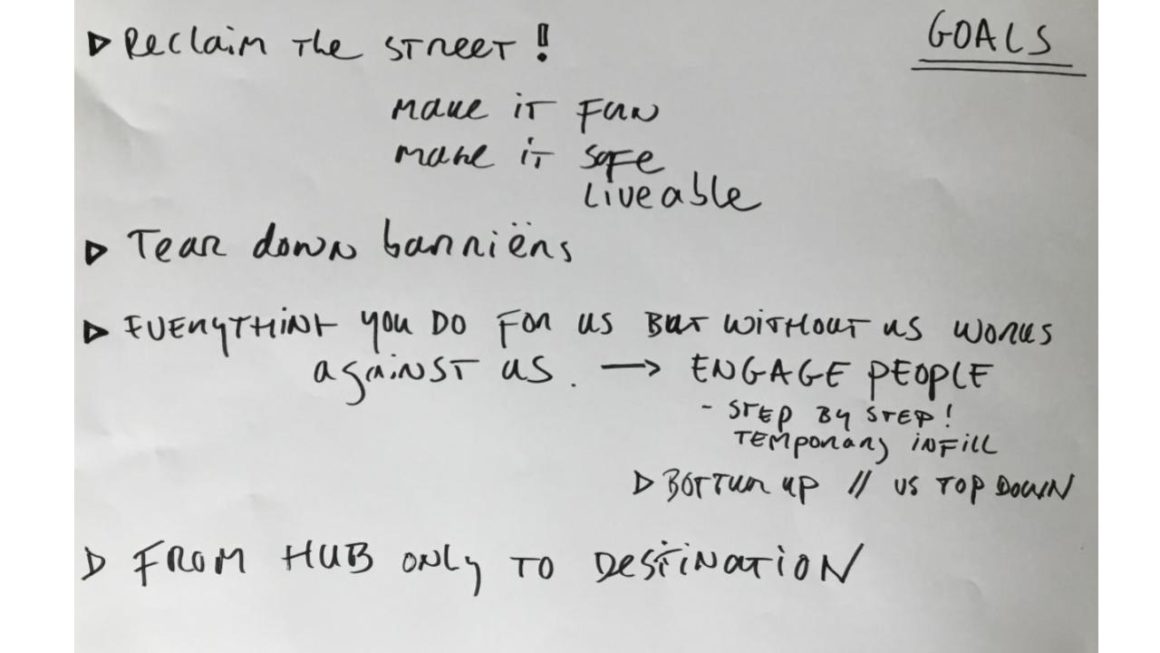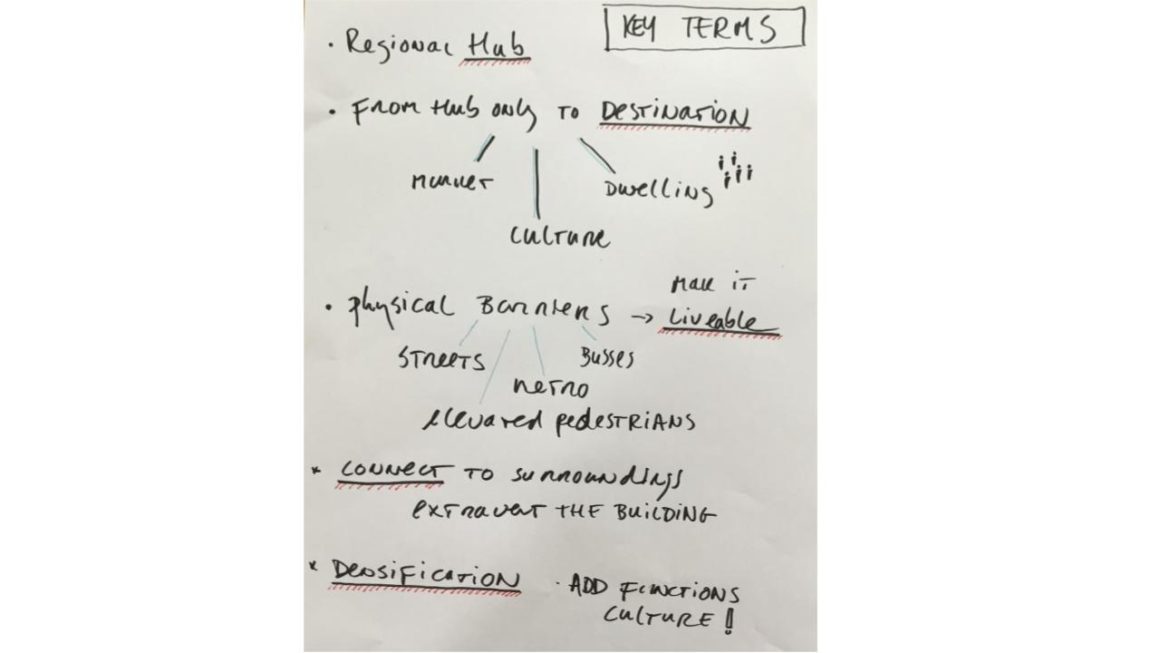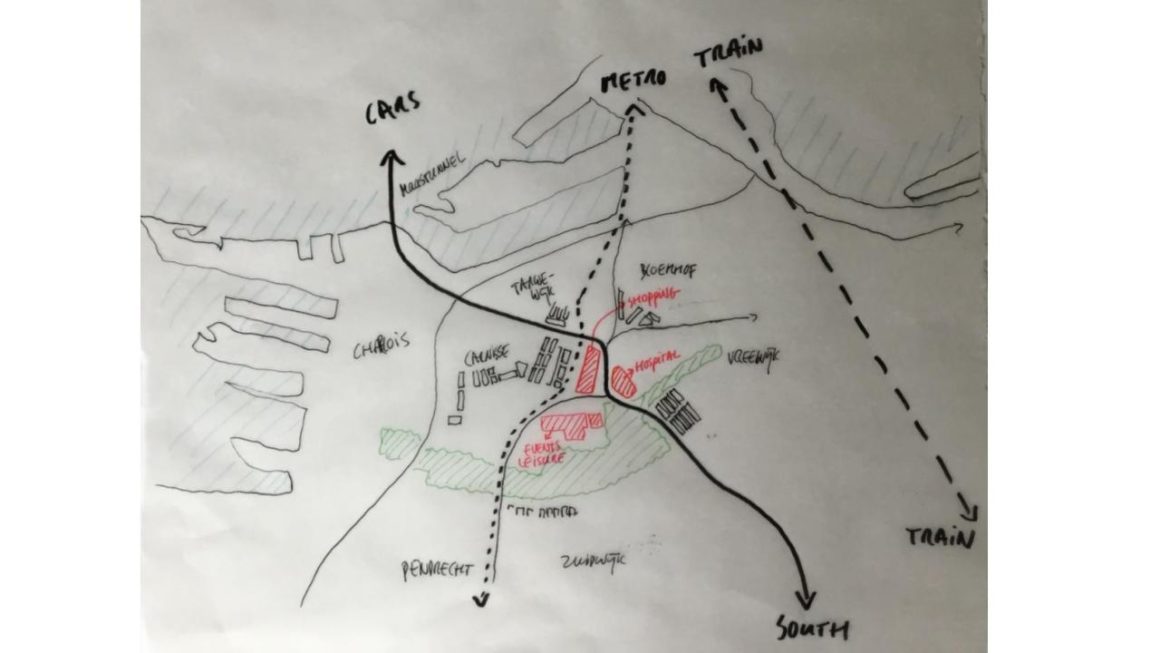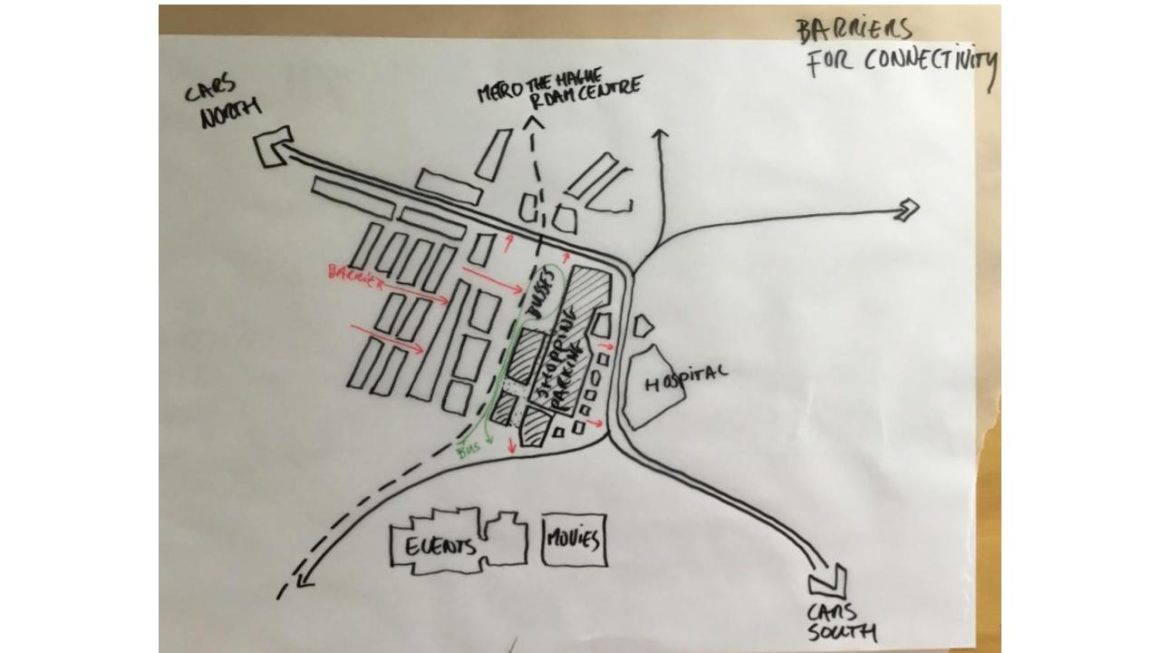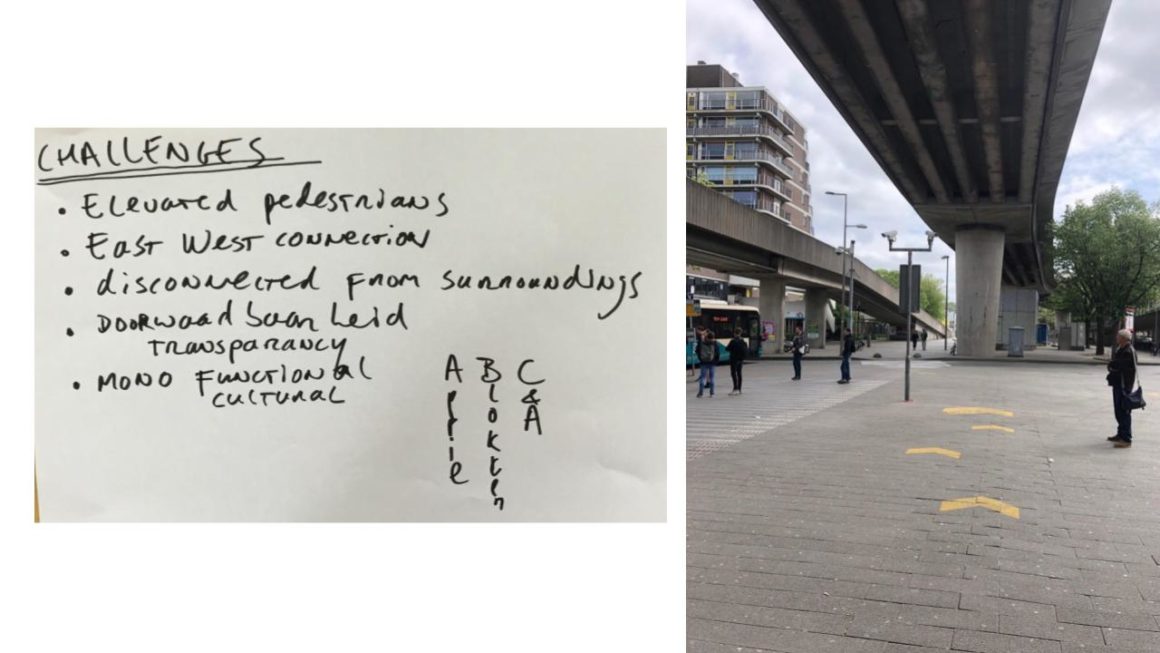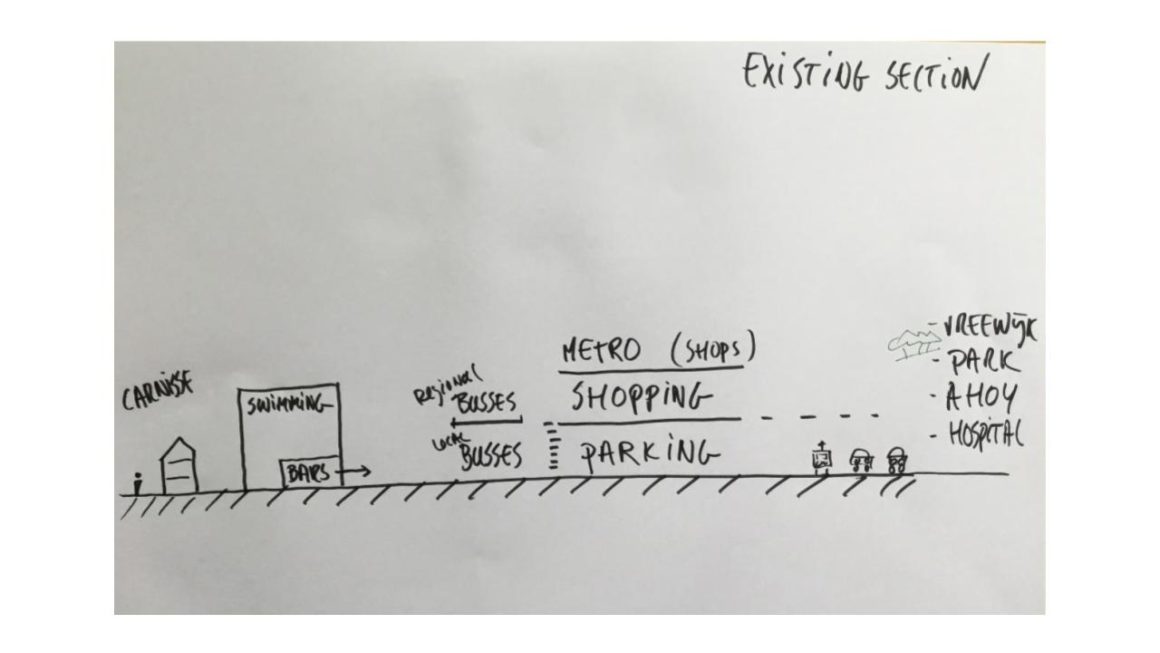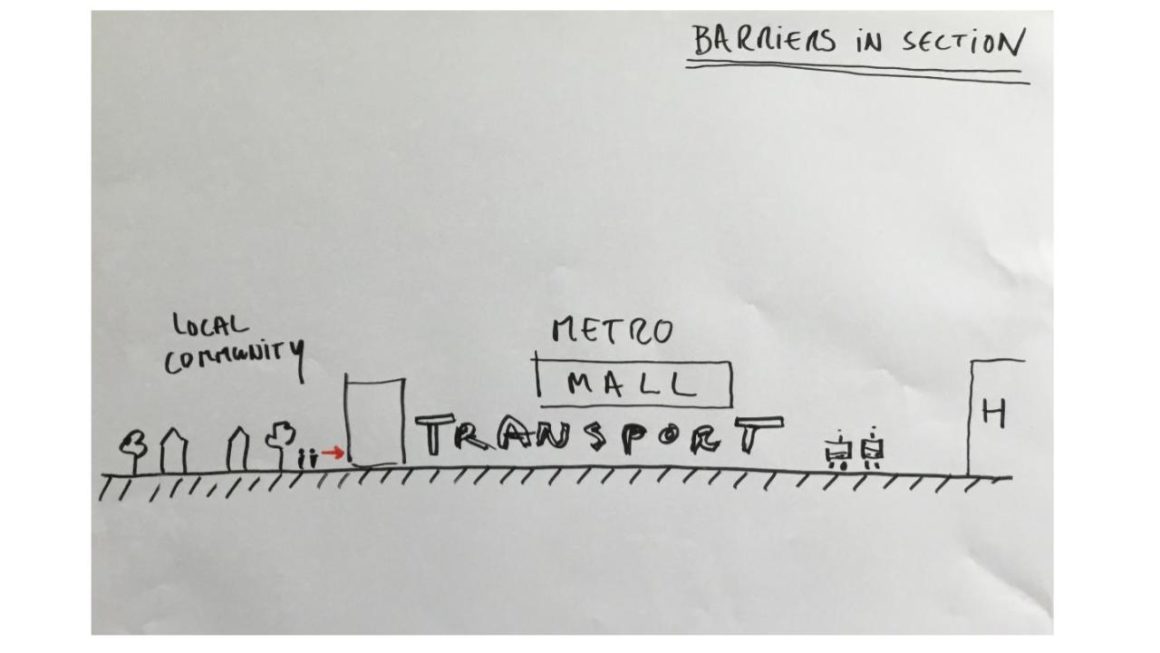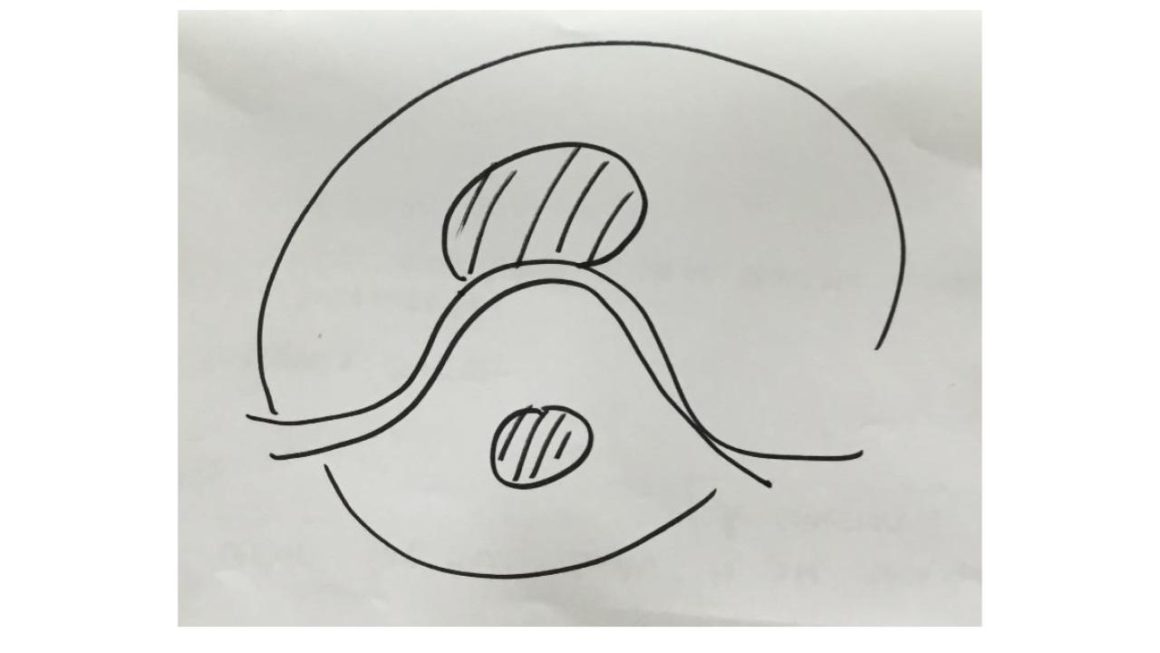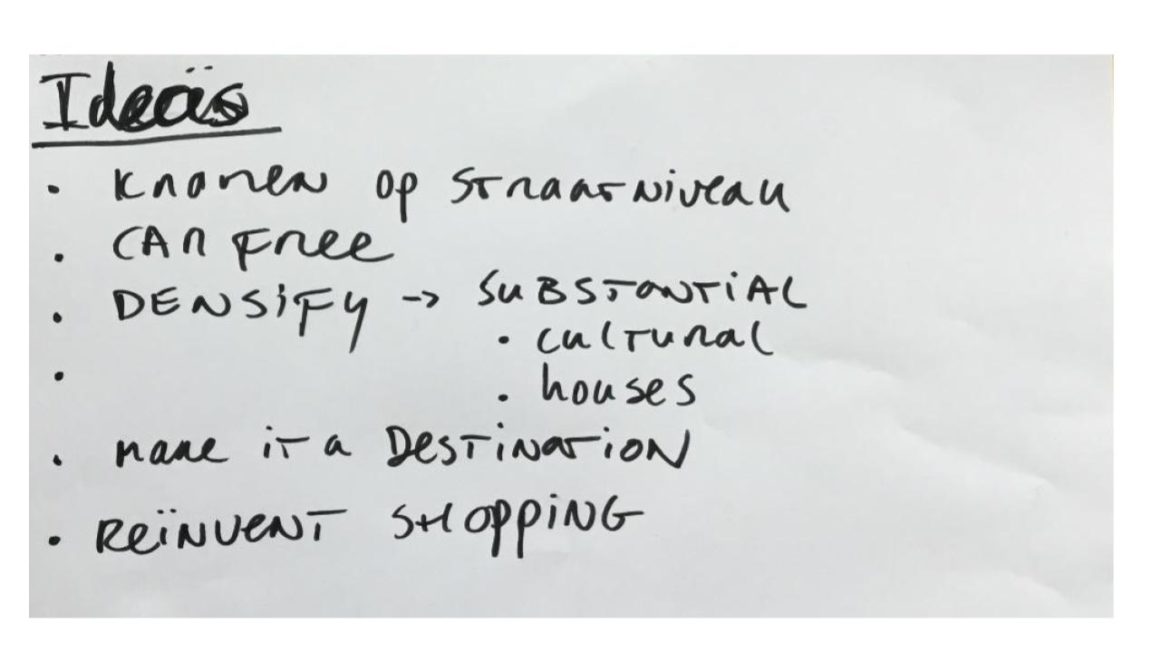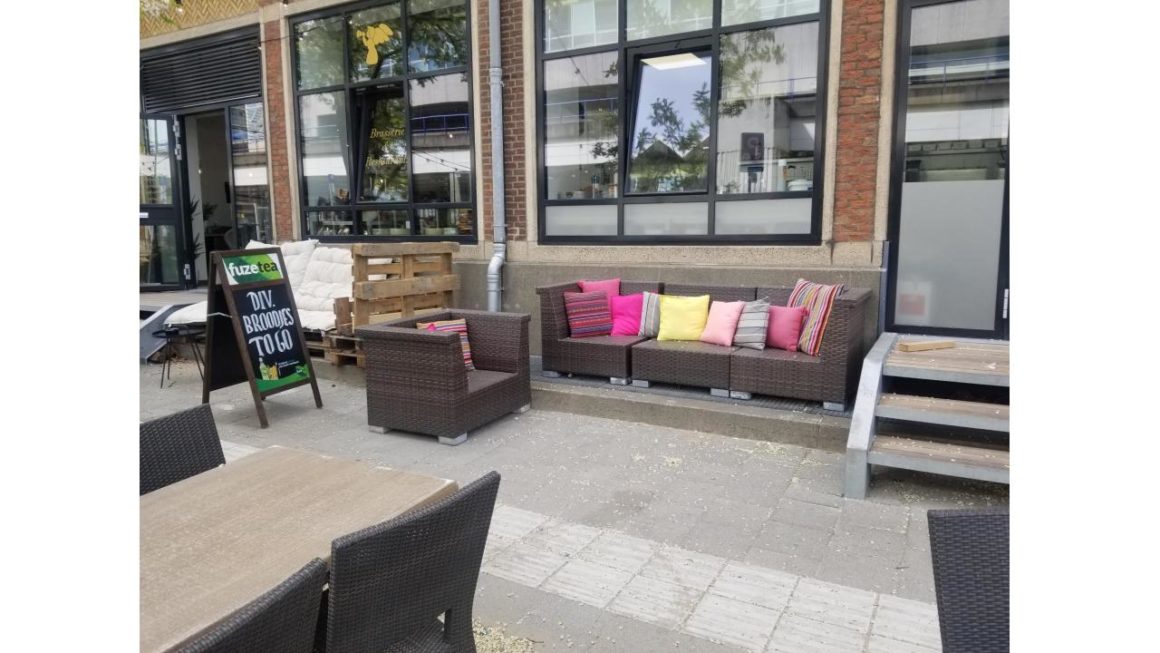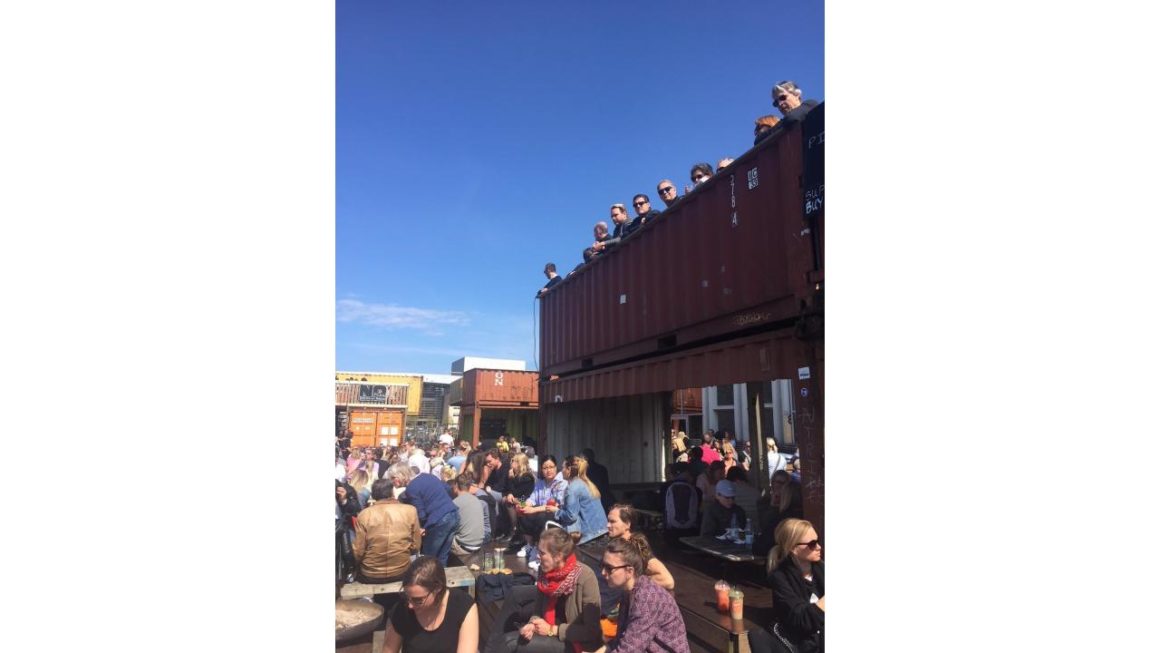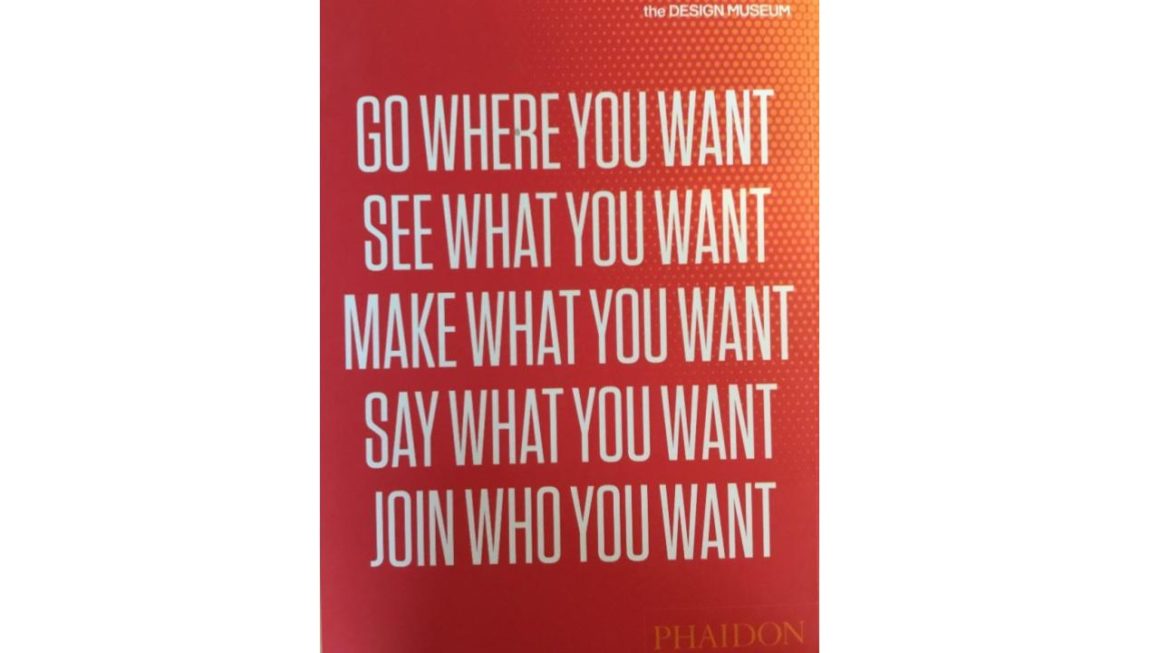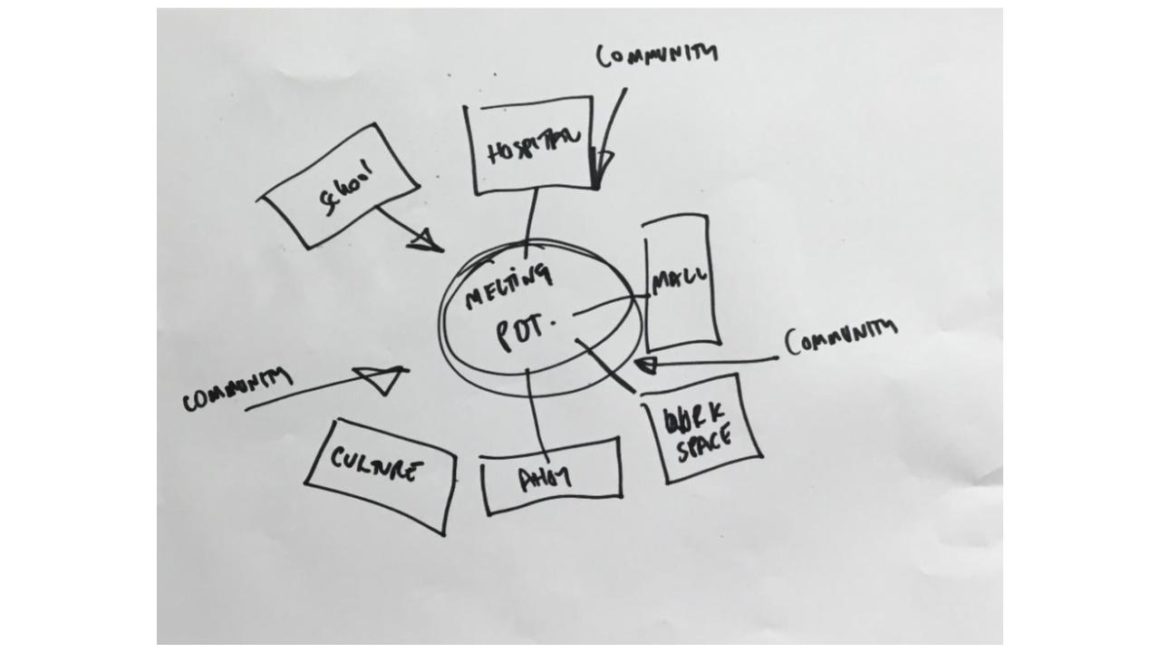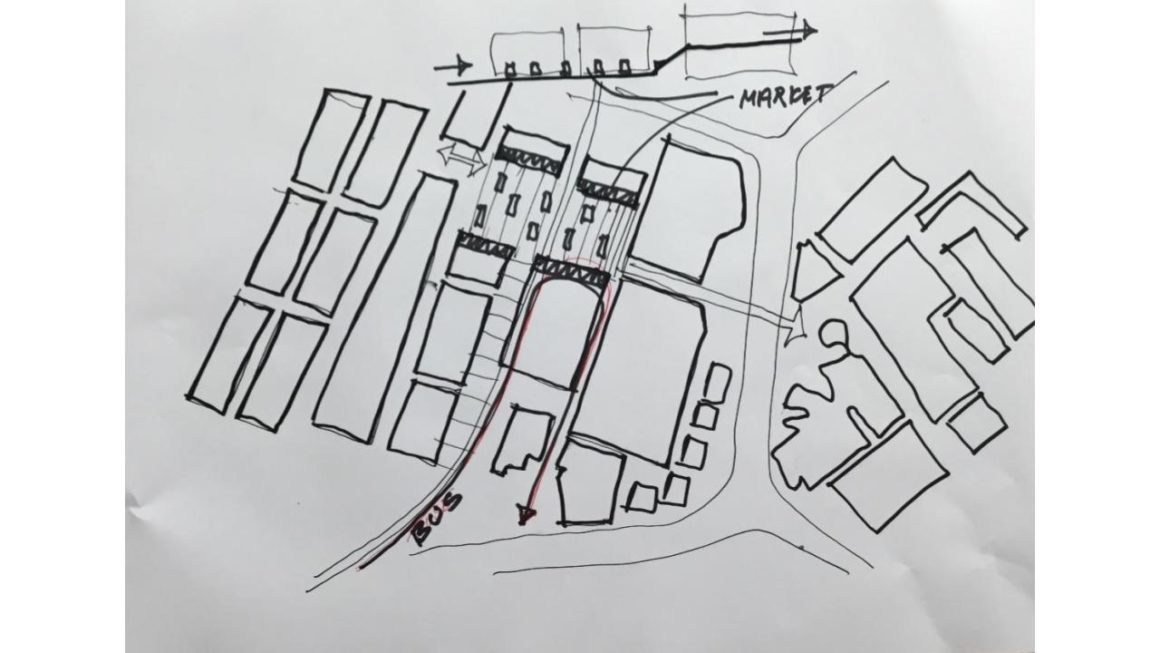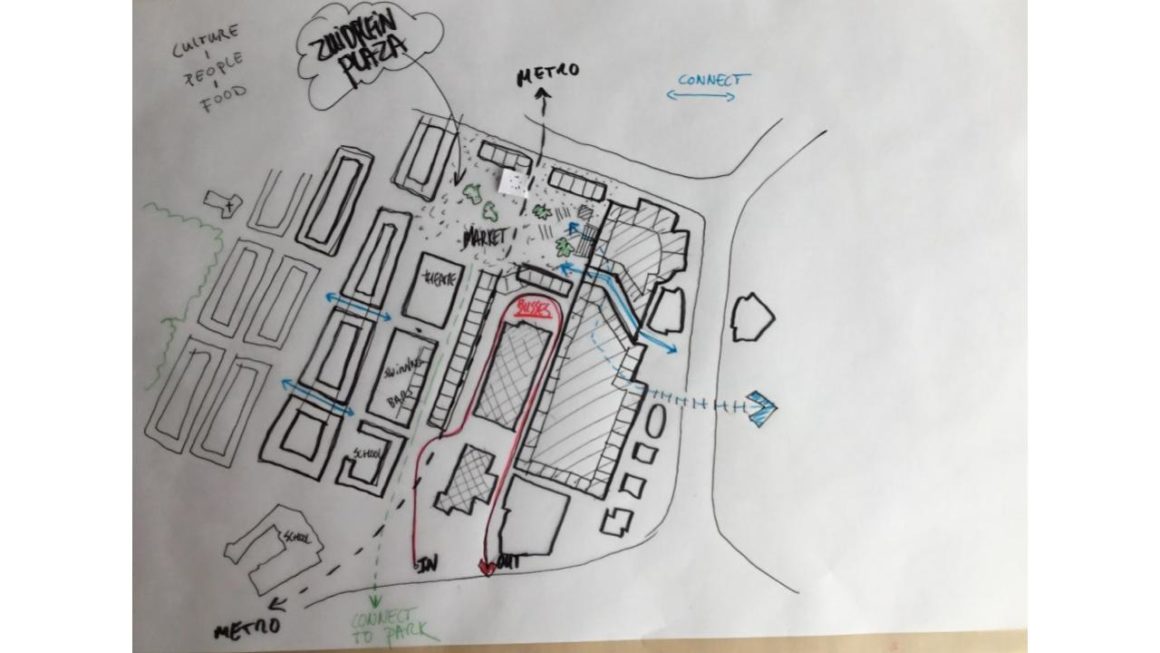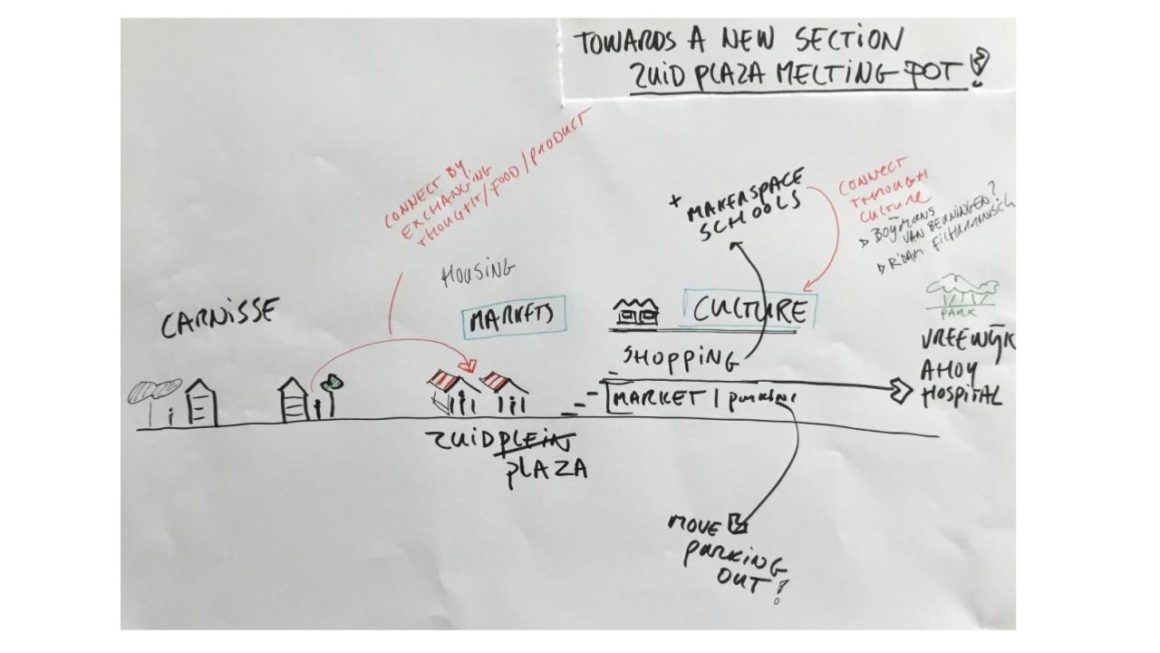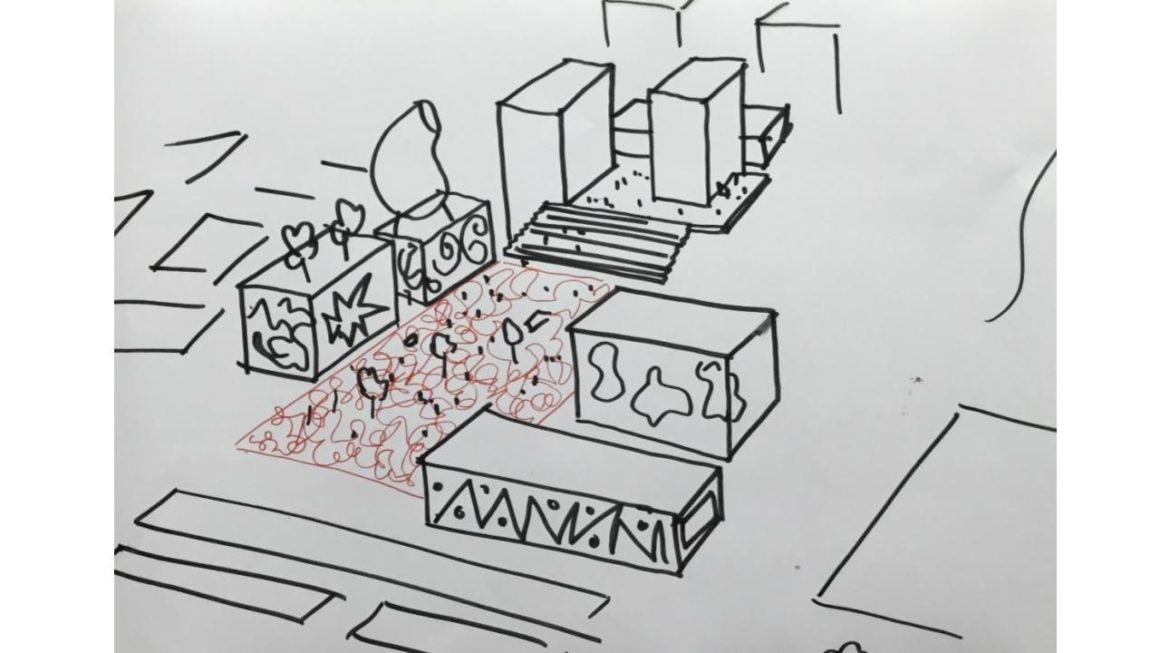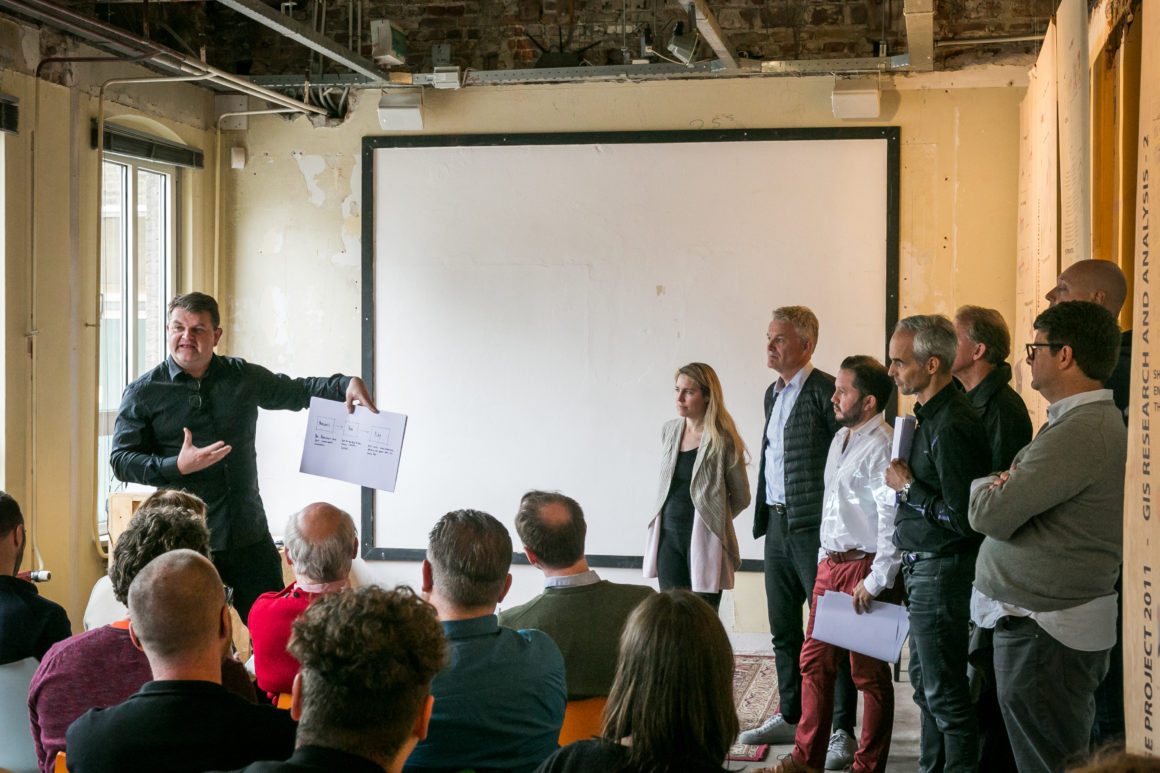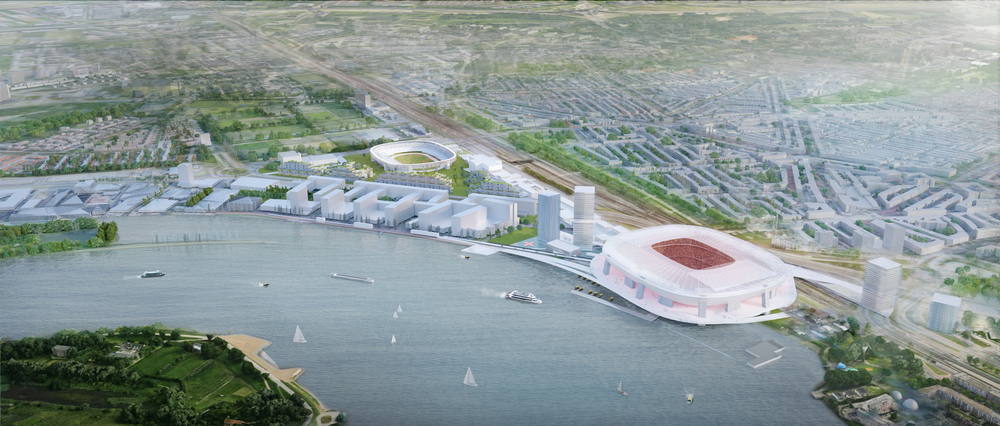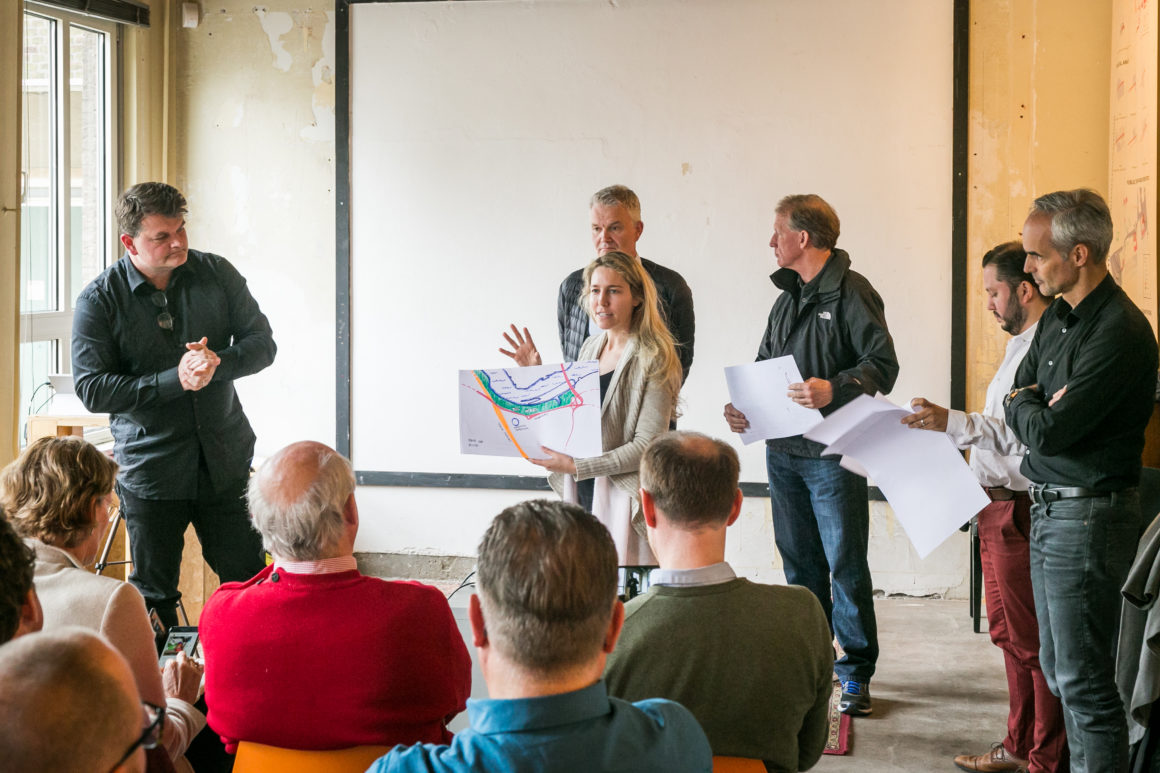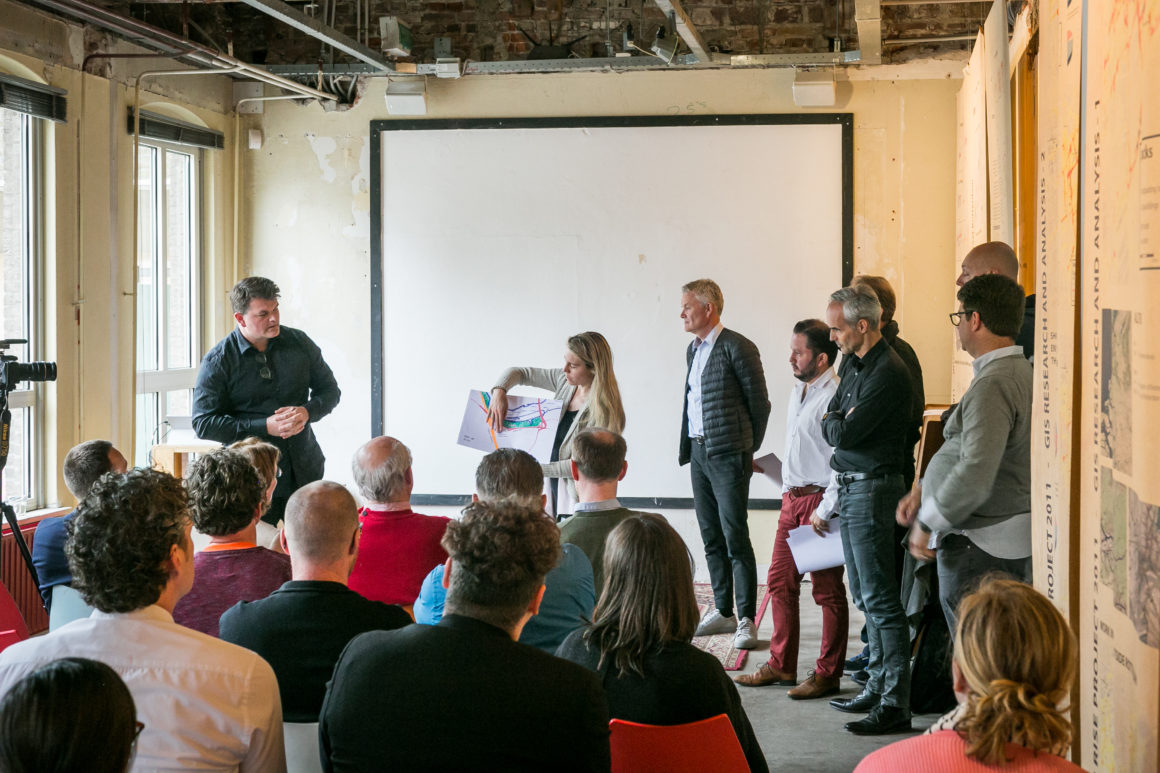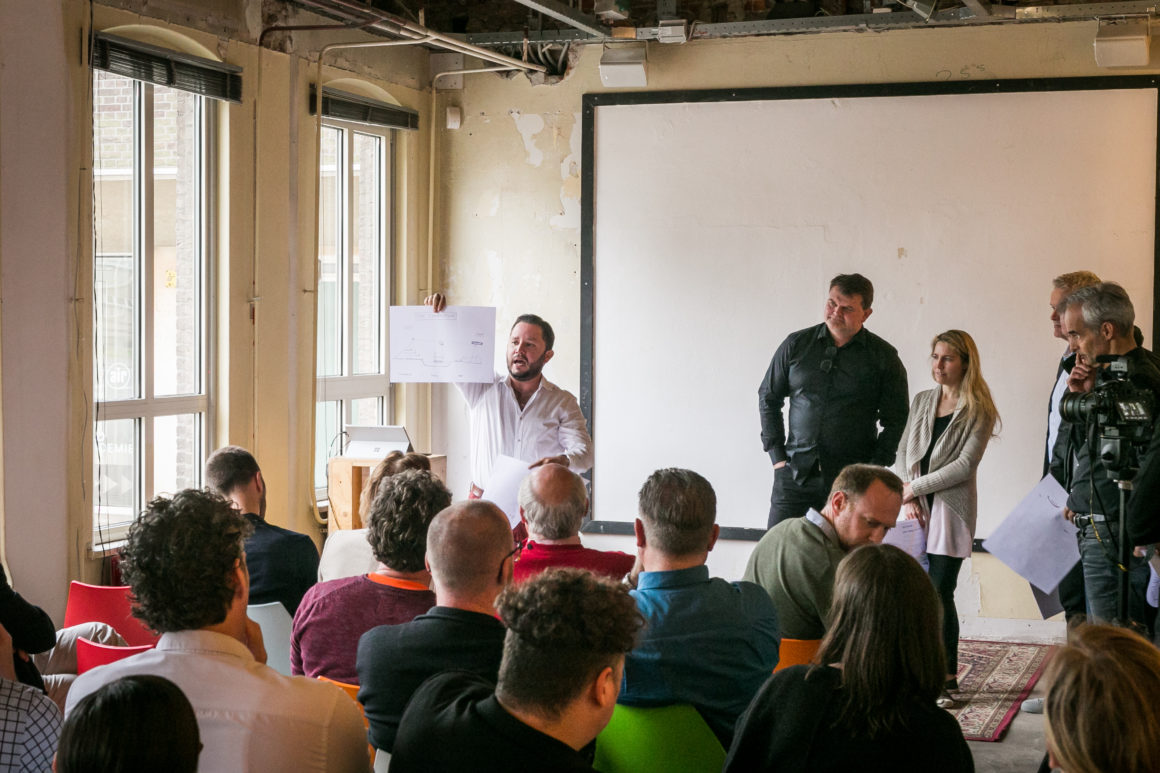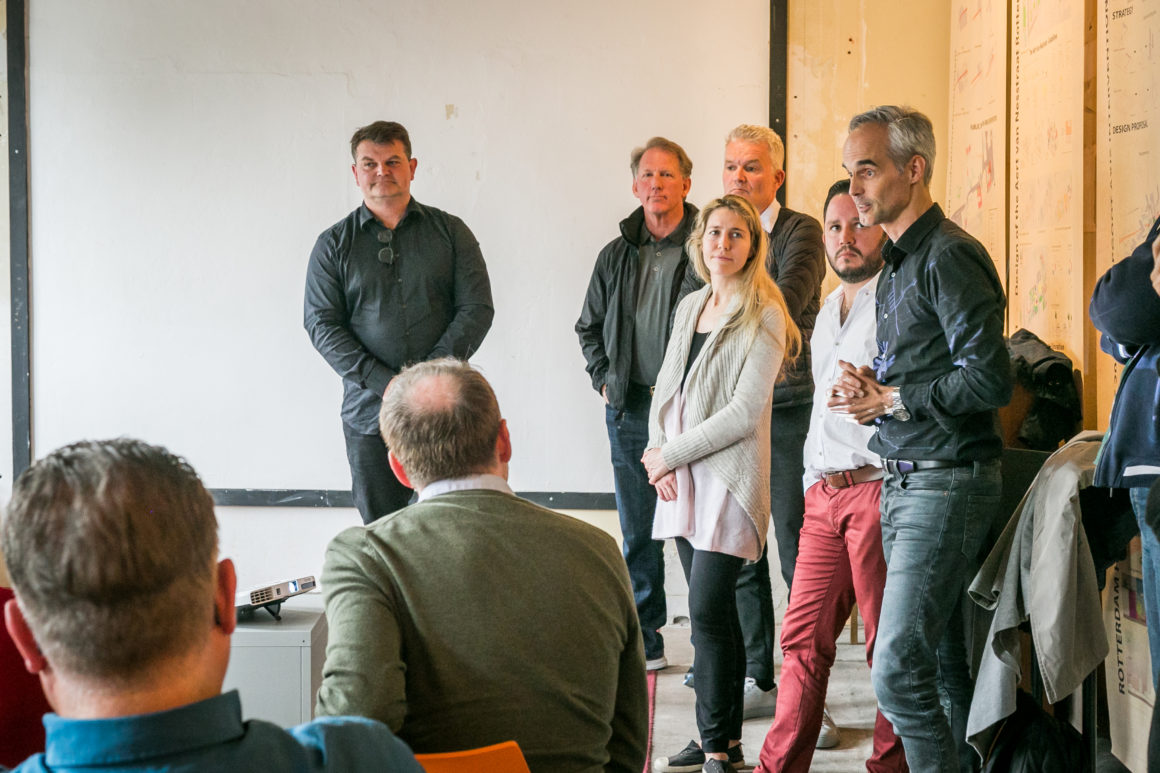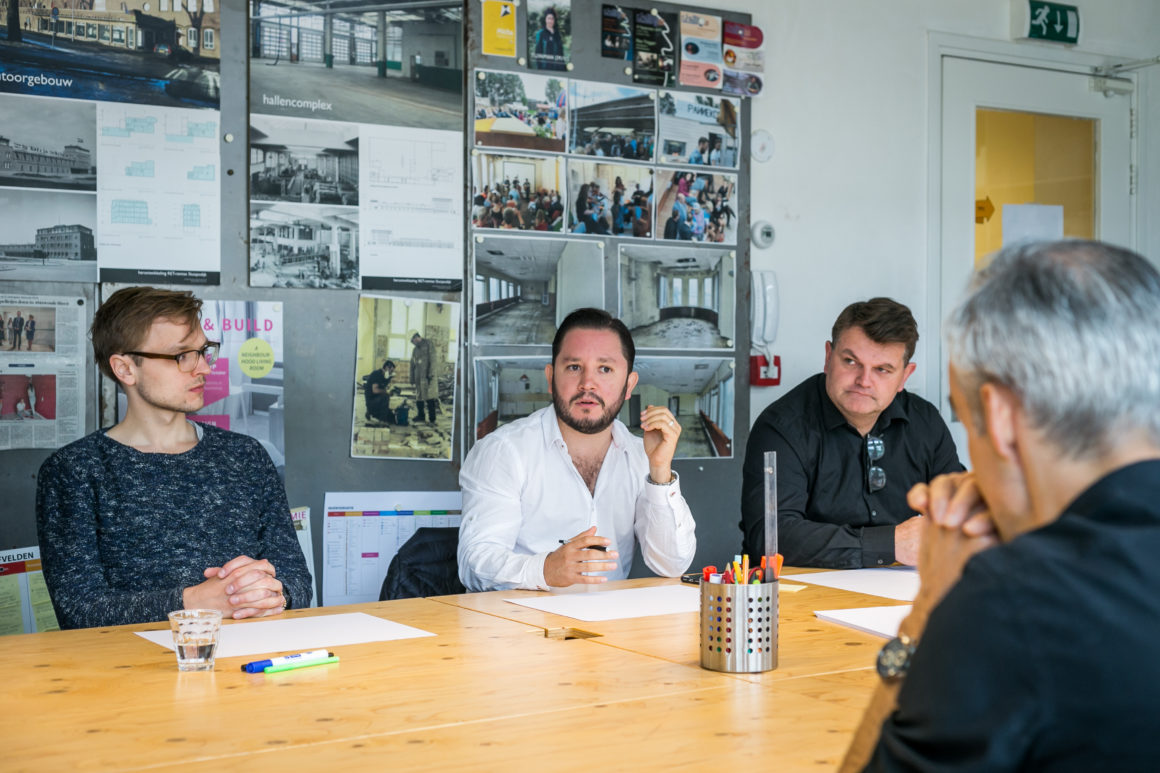On the occasion of the meeting of the Van Alen International Council in Rotterdam, The Netherlands, May 17–19, 2018, Van Alen Institute invited local civic leaders, architects, design professionals, academics, and community members to join forces for a 1.5 day design charrette called Cross | Talk: Designing Points of Convergence in South Rotterdam, exploring and envisioning the future of connectivity in Rotterdam’s South Bank.
Overview
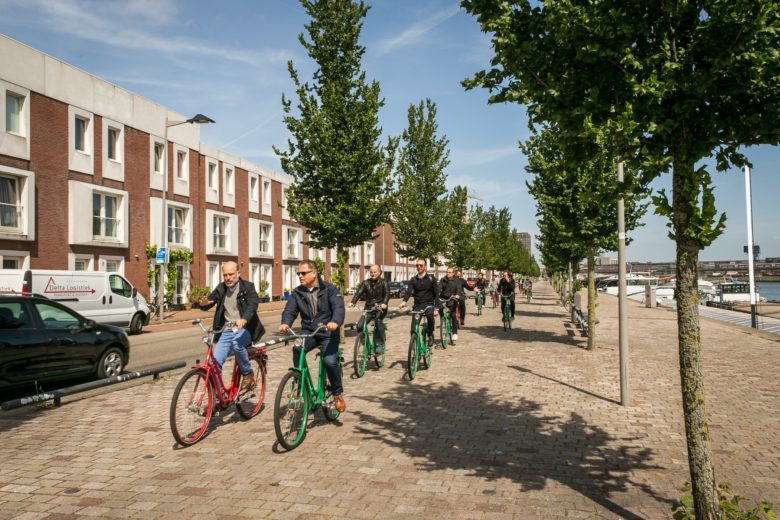
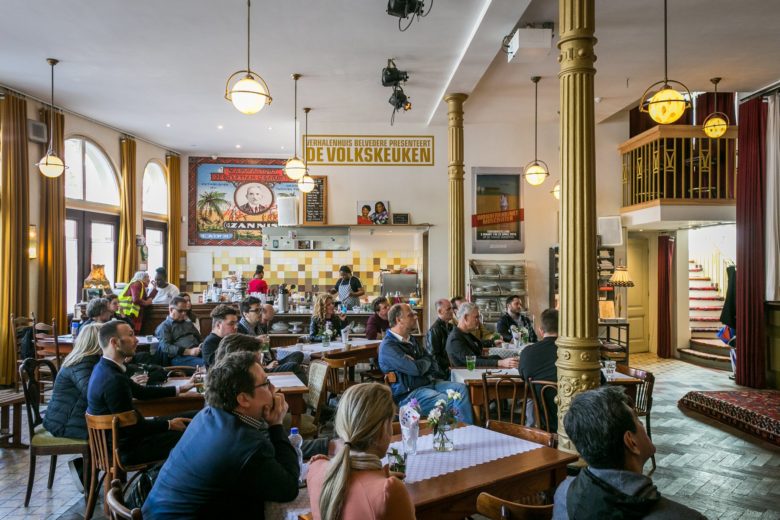
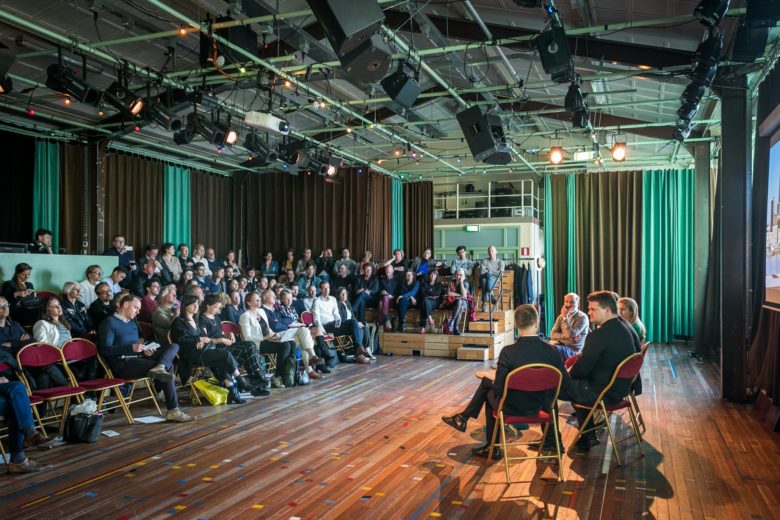
CROSS/TALK began with a historical introduction to the city of Rotterdam by Paul van de Laar, a professor at Erasmus University. Following van de Laar’s comprehensive presentation, Matthijs van Rujven, the chief urban planner for the City of Rotterdam, invited the International Council members to develop ideas for Rotterdam Zuid or “south,” the neighborhoods along the south banks of the waterways that divide the city.
Working in four teams, interdisciplinary groups of Council members and local invitees visited assigned sites recommended by Rujven and the south bank’s cultural advisor, Eric Dulleart: Maashaven Harbor, Afrikaanderplein Market, Hart van Zuid, and Feyenoord City. Sharing ideas and feedback, each team considered the challenges of urban connectivity:
- Physical: How can design thinkers work together to create physical, built connections that increase mobility and diversity across the neighborhoods of the South Bank?
- Psychological: What role does the design process play in generating a sense of belonging and community in a rapidly developing urban environment?
Why the South Bank? Rotterdam Zuid has more than 200,000 inhabitants hailing from more than 150 different cultural and ethnic backgrounds. The area has three administrative regions: Feijenoord, Ijsselmonde, and Charlois. Rotterdam Zuid is not a separate administrative unit, although there is a national consortium that has received substantial national funding for housing, education, and employment programs. Historically, the south bank has lacked the energy of the urban fabric of the northern part of the city, and in recent years the area has undergone substantial redevelopment and renaissance as a new vital core.
VIEW CHARRETTE SCHEDULE + PROMPTS
The Van Alen International Council design charrette in Rotterdam was made possible by the generous sponsorship of ROCKWOOL and the support of host AIR Rotterdam.
TEAM ONE
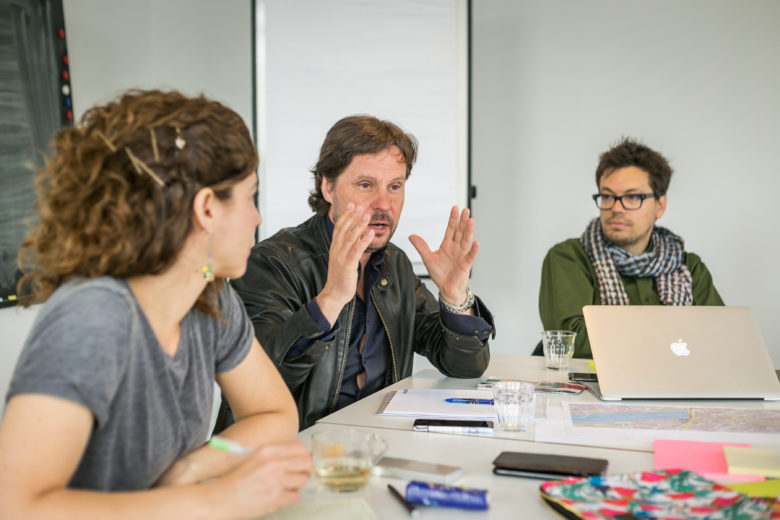
MORE CONNECTIONS + MORE LOVE AT MAASHAVEN HARBOR
Team One visited Maashaven harbor, a large port for barges that has been underutilized since the port of Rotterdam has historically migrated farther west. The team reimagined the old port as the site of a hyper-library or cultural center that, working in connection with the local Afrikaanderplein Market and dike system, would bring together surrounding residents and generate a stronger sense of local community.
In a city like Rotterdam that revolves around water, this team asked: How important is preserving the water in a marina if the marina no longer serves its original purpose, and instead is just being used to park private boats? Maashaven is a central transportation hub that has the potential to be bustling with life. The group suggested filling in the marina with built public spaces, resources, and infrastructure that would better link the north and south parts of the city and contribute to an even more vibrant, thriving metropolis. Click through the images above to view the team’s presentation.
Team Members: Francine Houben (Mecanoo); Susanna Sirefman (Dovetail Design Strategists); Daniel Elsea (Allies and Morrison); Jonas Edblad (Wingardhs); Denzil Gallagher (BuroHappold); Erika Escalante (Studio Saxe); Julias Coke (Squint Opera); Maria Zafeiriadou (UN Studio); Sander Hazevoet (Vitibuck Architects)
TEAM TWO
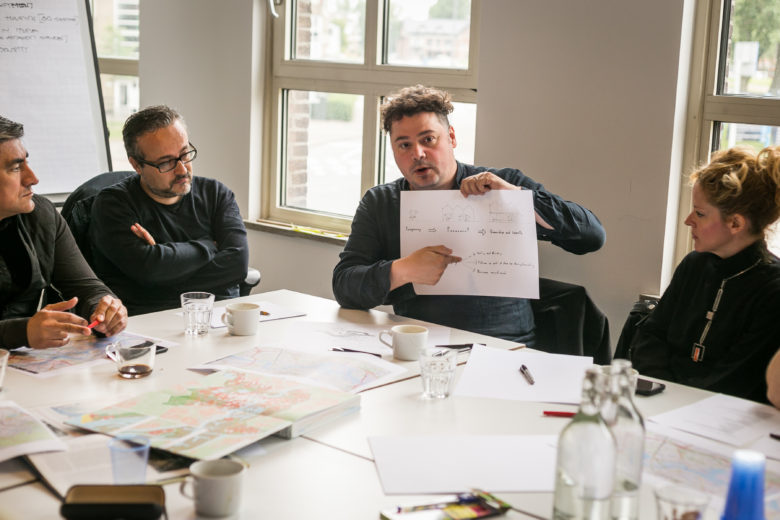
FLEXIBLE VILLAGE: A MARKET FIT FOR GROWING BUSINESSES
Every Wednesday and Saturday, Afrikaanderplein in South Rotterdam offers the third largest market in the Netherlands. In more than 300 stalls, diverse cultures unite with a huge variety of offerings including food, apparel, and handmade collectibles.
Team Two perceived the market as a site of informal, flexible infrastructure that could accommodate more local businesses and visitors. Working with advocates for Afrikaanderplein, the team developed a three-phase strategy for an adaptive built structure that would house innovative, vibrant market stalls year-round, and become increasingly permanent with the increased success and stability of their entrepreneurs and owners. Click through the images above to view the team’s presentation.
Team Members: Sasa Radulovic (5468796 Architecture); Alfredo Caraballo (Allies and Morrison); Carolina Bueno (Triptyque Architecture); Niklas Carlen (Wingardhs); Daniel Maldonado (Skanska); Raymond Quinn (Arup); Jeanne van Heeswijk (Wijkcooperatie); Ramon Mosterd (Wijkcooperatie); Jip Pijs (Personal Architecture); Taco Pennings (City of Rotterdam)
TEAM THREE
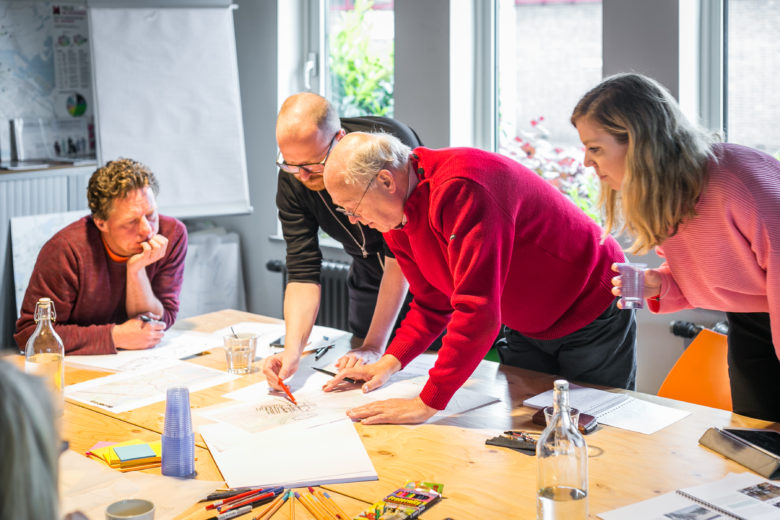
THE ‘HART’ OF ROTTERDAM SOUTH
In the case of Hart van Zuid, a lively transportation hub in the center of South Rotterdam, a large-scale development project is already in progress to increase residency, embrace entrepreneurship, and incorporate new types of public amenities.
Team Three worked with stakeholders envisaging the new Hart van Zuid to illustrate modern public spaces that draw inspiration and creativity from the area’s lively murals and artworks. The team recommended that the designers and developers of the project “reclaim the street:” make the primary arteries around Hart van Zuid car-free, incentivize housing to densify the area around the transportation hub, remove barriers that separate transportation channels around the buildings, and transform the central public space into a representative melting pot of arts, culture, and local business. Click through the images above to view the team’s presentation.
Team Members: Monica von Schmalensee (White); Carl Backstrand (White); Kim Herforth Nielsen (3XN); Jeroen Ebus (Lapinus); Hauke Jungjohann (BuroHappold); Nick Taylor (Squint Opera); Pat Arnett (Silman); Sander van Schaik (Personal Architecture); Eric Dullaert (Cultureel DenkWerk)
TEAM FOUR
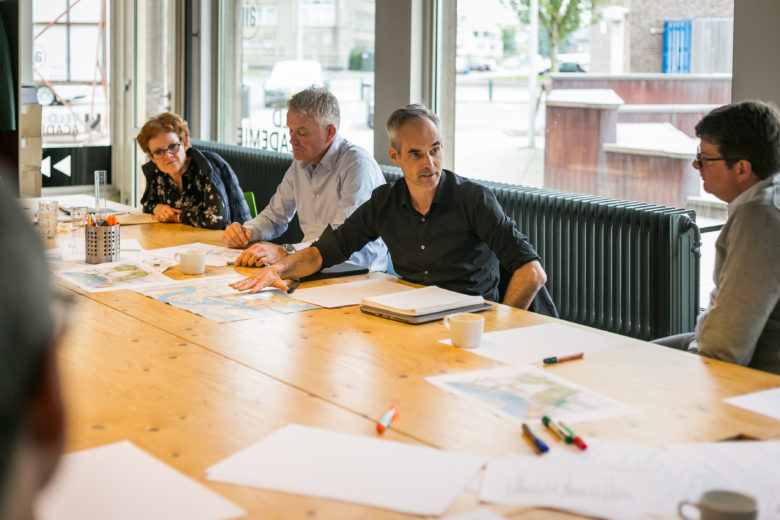
‘SLOW SOCCER’: BUILDING A STADIUM FOR URBAN CONNECTIVITY
In 2016, OMA was commissioned to design Feyenoord City, an epic and historical soccer stadium for Rotterdam’s south bank. The design was unique in that, beyond thinking through an iconic central stadium, it also incorporated a master plan for the development of the stadium’s surrounding neighborhood.
Team Four worked with the lead architect on the stadium project, Kees van Kasteren, to consider where there were opportunities in the master plan for social programming. Terming their project “Slow Soccer,” the team illustrated how the stadium could become a vital meeting place for residents throughout Rotterdam South and become an emblem of interaction, exchange, and cooperation. Click through the images above to view the team’s presentation.
Team Members: Kai-Uwe Bergmann (Bjarke Ingels Group); Robin Ried (Bloomberg Associates); Morten Schmidt (Schmidt Hammer Lassen); Larry Casey (Skanska); Benjamin Saxe (Studio Saxe); Connie Enghus (ROCKWOOL); Kees van Casteren (OMA); Dave de Held (Rabobank).
CONCLUSION
Van Alen Institute works in cities across the U.S. to consider how design can tackle pressing social, economic, and environmental challenges. CROSS/TALK was a fast-paced, collaborative effort with local stakeholders in Rotterdam to consider the role design can play in overcoming mental and social barriers by using infrastructure, parks, and innovative development to make physical connections between neighborhoods and public spaces. The exercise was grounded in our organizational belief that people are happier in their urban environments when they are surrounded by other people engaged in thriving activities, businesses, and public amenities. Each of the International Council’s solutions was meant to catalyze deeper conversations about incorporating connectivity into urban and regional plans for new development.
We are very thankful to Francine Houben of Mecanoo and Eric Dullaert of Cultureel DenkWerk for informing the sites, content, and direction of the charrette with the City of Rotterdam.
In follow up to CROSS/TALK, the International Council will continue their research into urban connectivity in Mumbai in fall of 2018.
ABOUT THE INTERNATIONAL COUNCIL
